Dead Horse Ranch State Park, Cottonwood, Arizona
Do not exploit the poor because they are poor and do not crush the needy in court, for the LORD will take up their case and will plunder those who plunder them. ~ Proverbs 22:22-23
If the weather suits, and it usually does, whenever we look out the back of our campsite, we see a very large white “J” siting on the side of a mountain with a bunch of buildings underneath it. It took us a day or two, but we finally remembered – – that’s the town of Jerome!
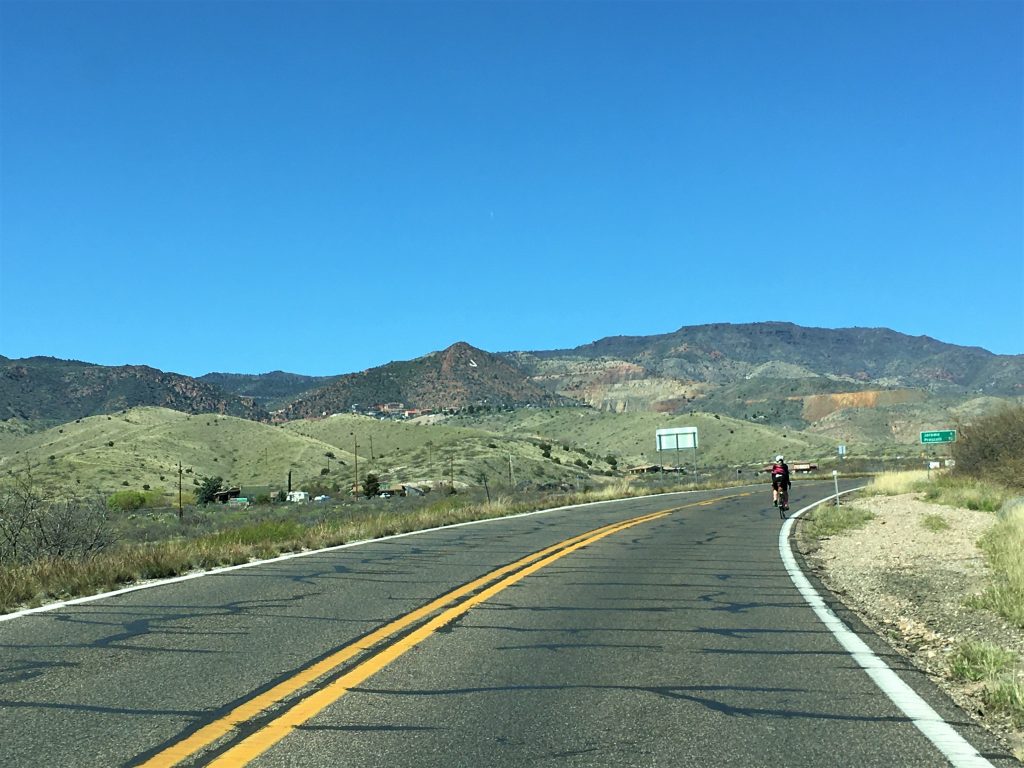
We visited Jerome seven years ago, based on a recommendation from the Foders or Frommers travel guides. Back then, they were our travel ‘bibles’, but now there’s Google and TripAdvisor. (I miss having my books to highlight though. ☹) It’s billed as a ‘ghost town’, but not in the true sense. At least not anymore. We remembered that driving up there was pretty scary and it was a rather ugly day for Arizona – dark, ominous clouds, wet, narrow winding road up . . . And then, once we arrived, we remembered hanging a right and driving back to see what amounted to a guy’s large junk yard. We also remembered talking with him and him showing us all around his ‘stuff’. And there was a lot of stuff. We did not remember that Jerome used to be a copper mining town, similar to Bisbee, Arizona. Even the houses are built on the hillsides like Bisbee, although there’s not as many of them.
I found this on the web for Jerome: (I do a fair impression of Siri, don’t I?)
Jerome, Arizona was built on Cleopatra Hill above a vast deposit of copper. The mines, the workers, and those who sought its wealth formed Jerome’s history. They were a brave and raucous mix. Miners, smelter workers, freighters, gamblers, bootleggers, saloon keepers, storekeepers, prostitutes and preachers, wives and children all made Jerome what it was.
Americans, Mexicans, Croatians, Irish, Spaniards, Italians and Chinese made the mining camp a cosmopolitan mix that added to its rich life and filled its streets with excitement. Prehistoric Native Americans were the first miners. The Spanish followed, seeking gold but finding copper. Anglos staked the first claims in the area in 1876, and United Verde mining operations began in l883, followed by the Little Daisy claim.
Jerome grew rapidly from tent city to prosperous company town as it followed the swing of the mines’ fortunes. Jerome was the talk of the territory…boom town of its time…darling of promoters and investors. The mines were nourished and exploited by financiers who brought billions of dollars of copper from its depths.
Changing times in the Territory saw pack burros, mule drawn freight wagons, and horses replaced by steam engines, autos and trucks. Fires ravaged the clapboard town again and again. Jerome was always rebuilt. In 1918 underground mining phased out after uncontrollable fires erupted in the 88 miles of tunnels under the town. Open pit mining brought dynamiting. The hills rattled and buildings cracked… the surface began to shift and sections of the business district slid downward. The sliding jail moved 225 ft. and rests across the road from its original site.
Dependent on the ups and downs of copper prices, labor unrest, depressions and wars, Jerome’s mines finally close in 1953. Forever? Jerome never knows. Jerome has always been a survivor. After the mines closed and “King Copper” left town, the population went from a peak of 15,000 in the 20s to some 50 persons in the late 50s. A few hardy souls remained, reluctant to leave a lifetime of memories.
The 60s and 70s were the time of the counter culture and Jerome offered a haven for artists who renovated homes and opened abandoned shops to sell their wares. Soon newcomers and Jerome old timers were working together to bring Jerome back to life. The Jerome Historical Society guarded the buildings against vandalism and the elements. The Douglas Mansion became a State Park in 1965 and Jerome became a National Historic Landmark in 1976.
Today Jerome is very much alive with writers, artists, artisans, musicians, historians, and families. They form a peaceful, colorful, thriving community built on a rich foundation of history and lore. ~ Sedona.net
We drove up there today to look around, even though we knew ‘the junk yard’ would be closed due to the coronavirus outbreak, but we just kept our day flexible and meandering. 😊
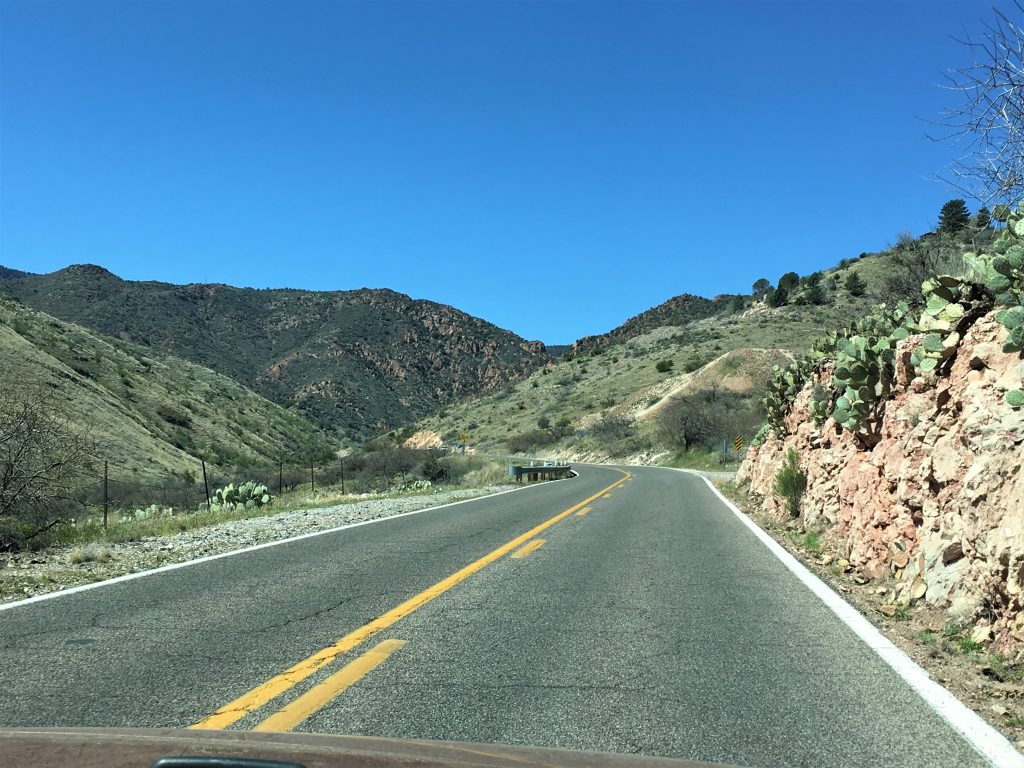
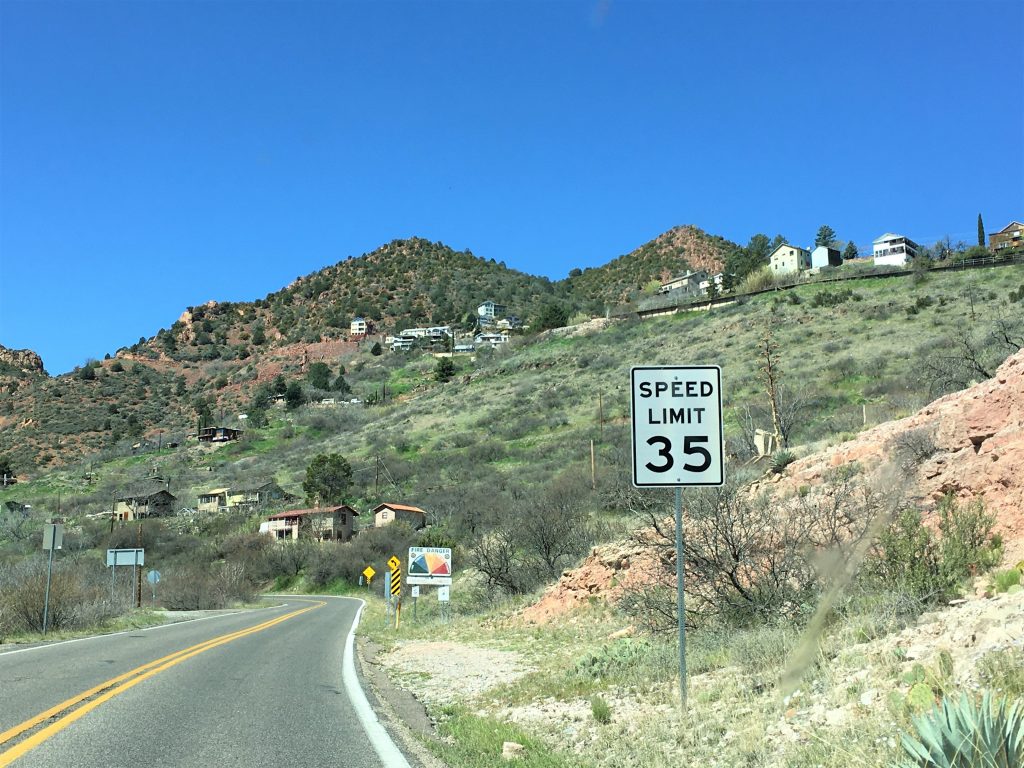
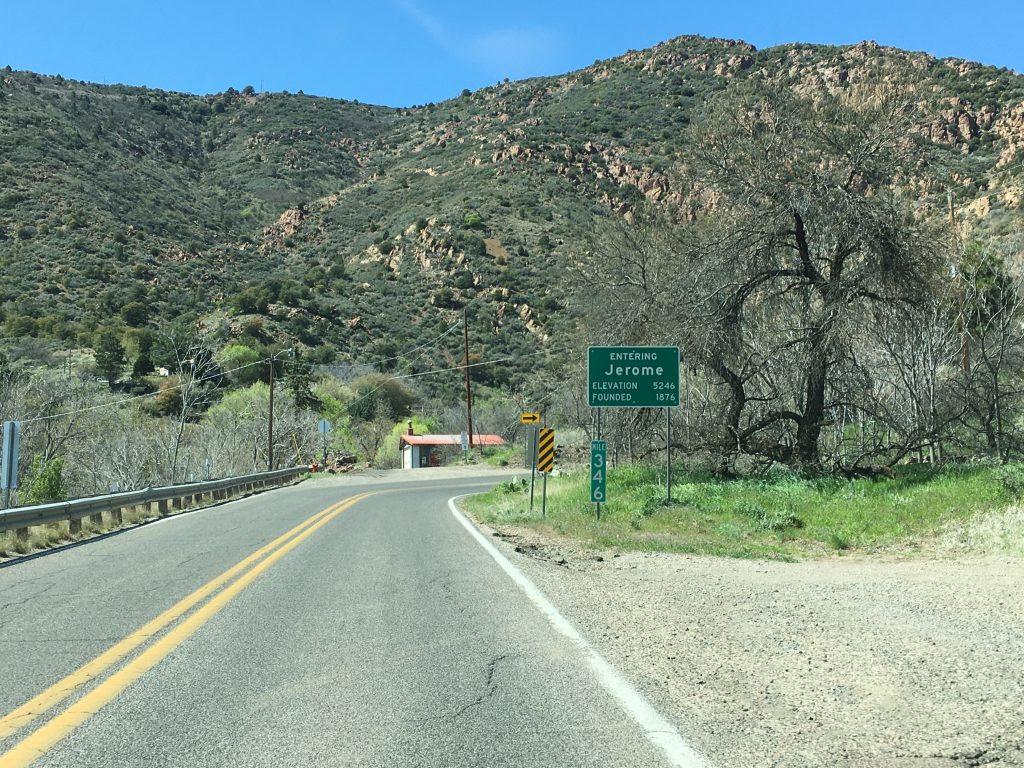
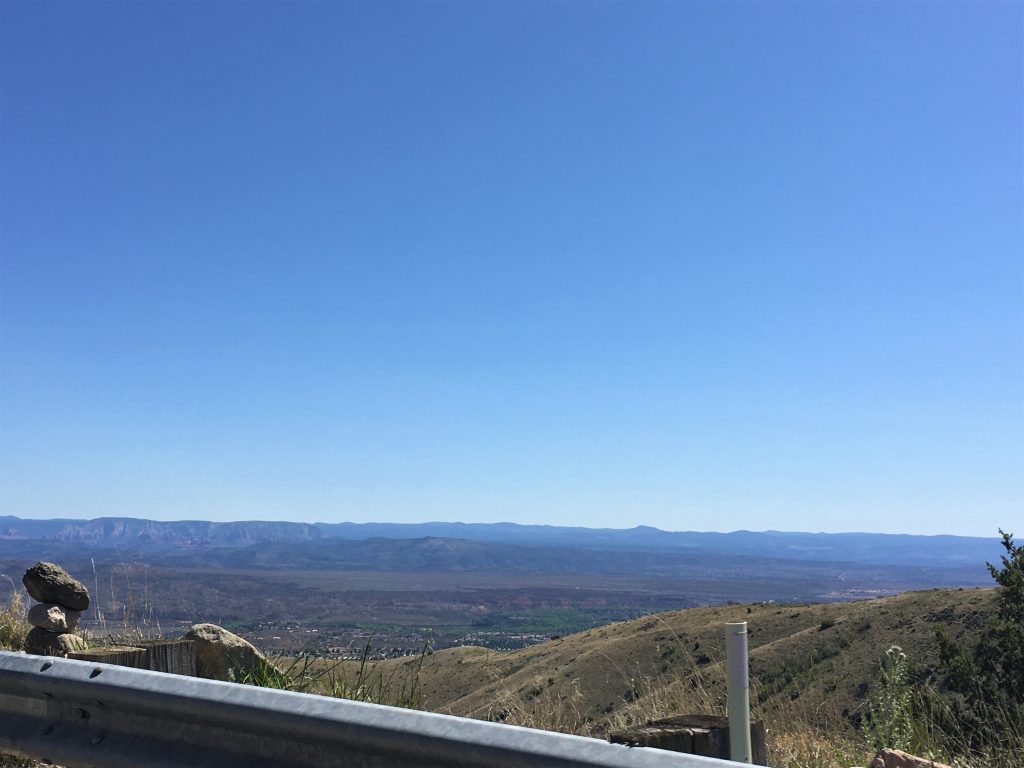
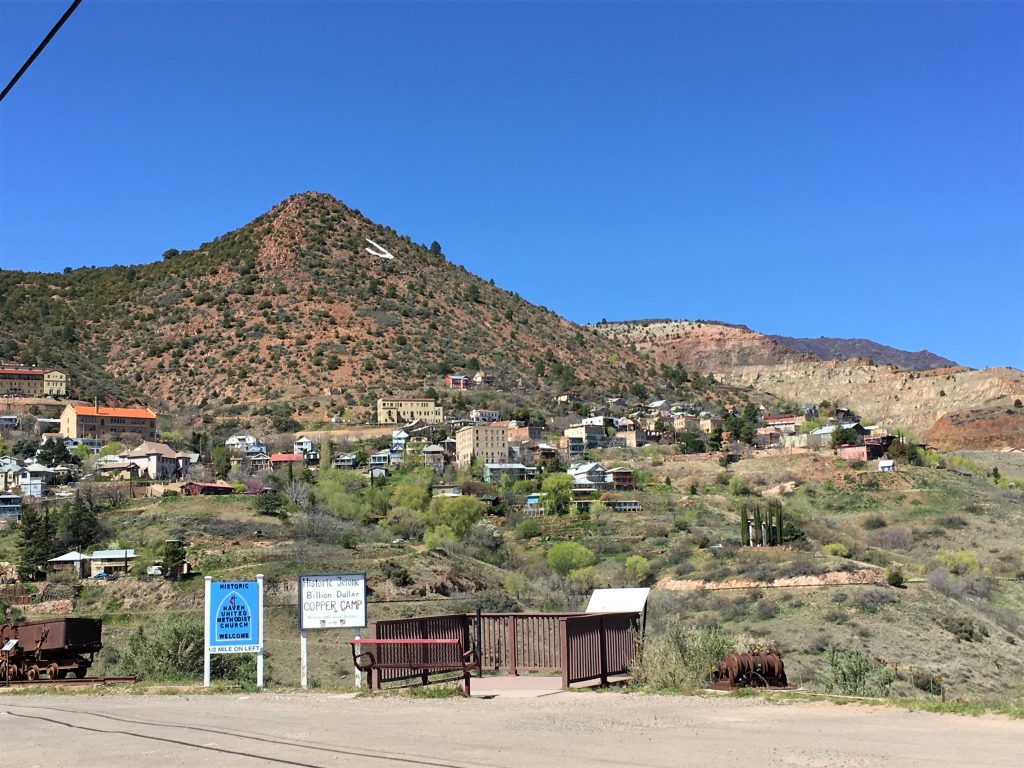
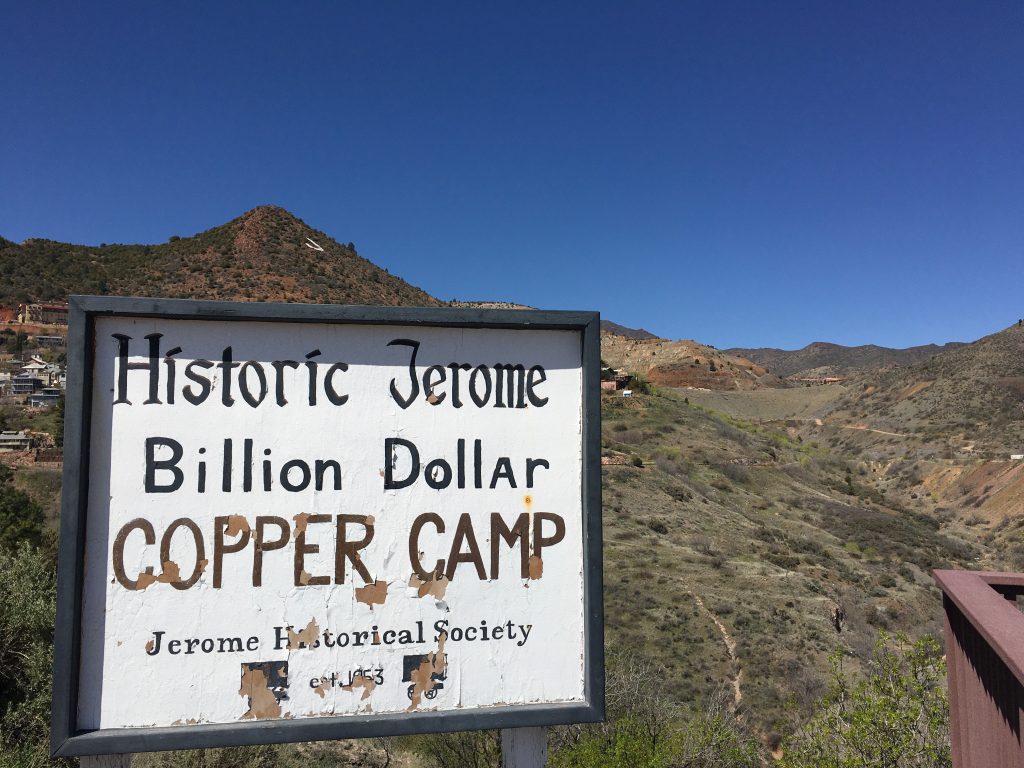
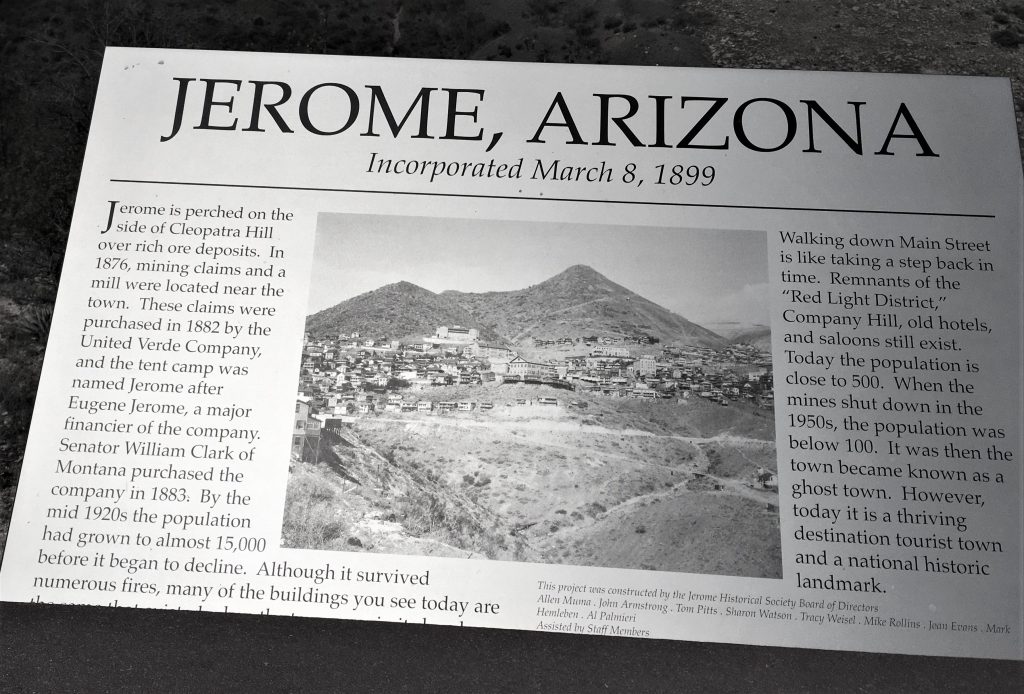
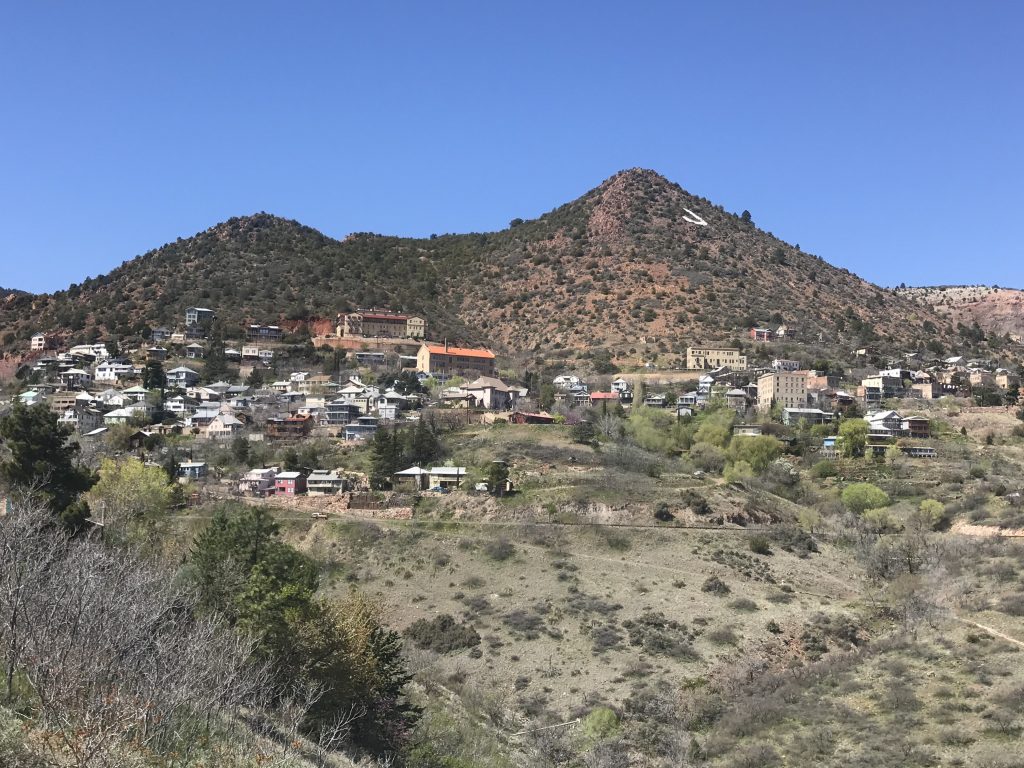

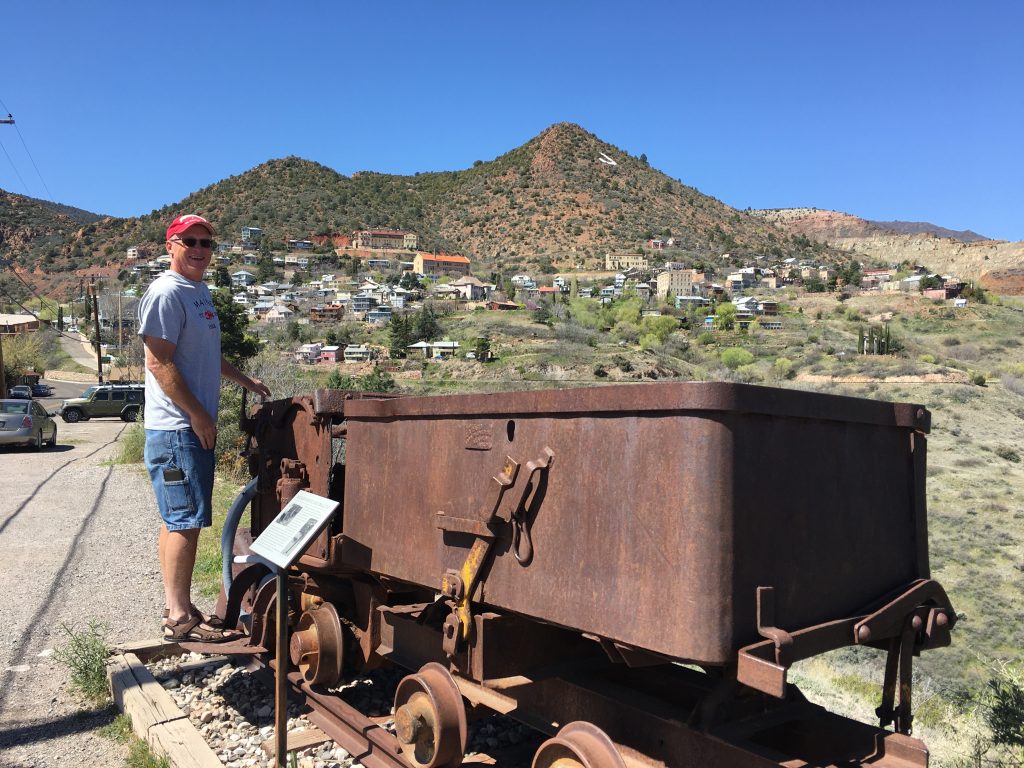
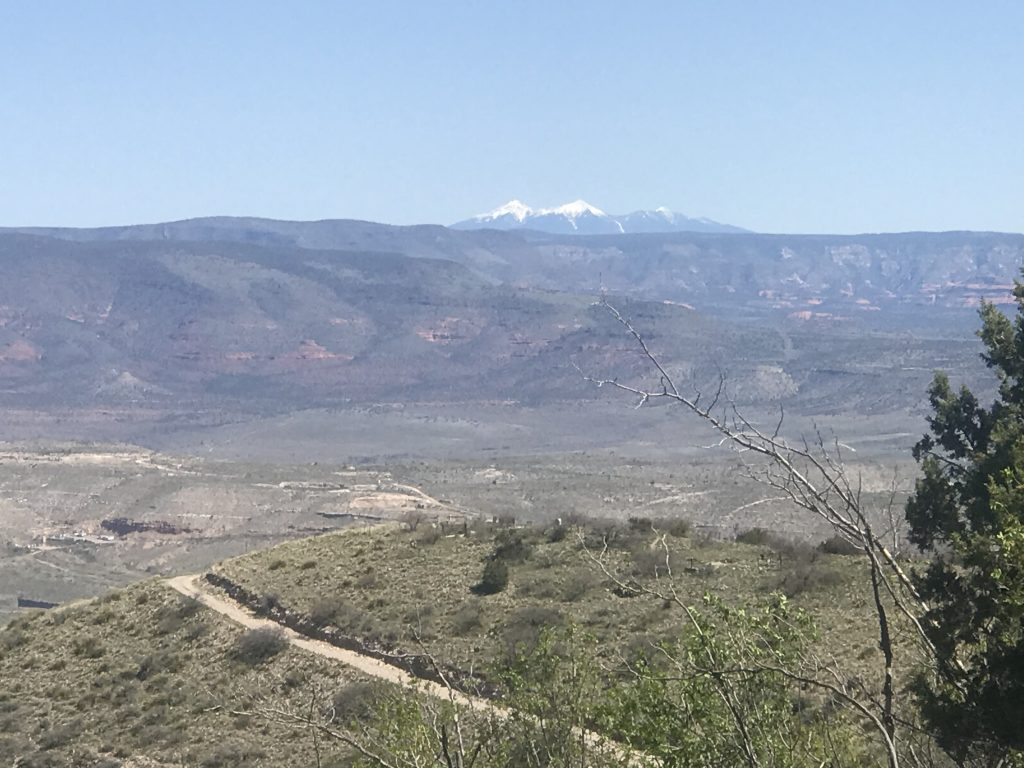
In the city of Flagstaff.
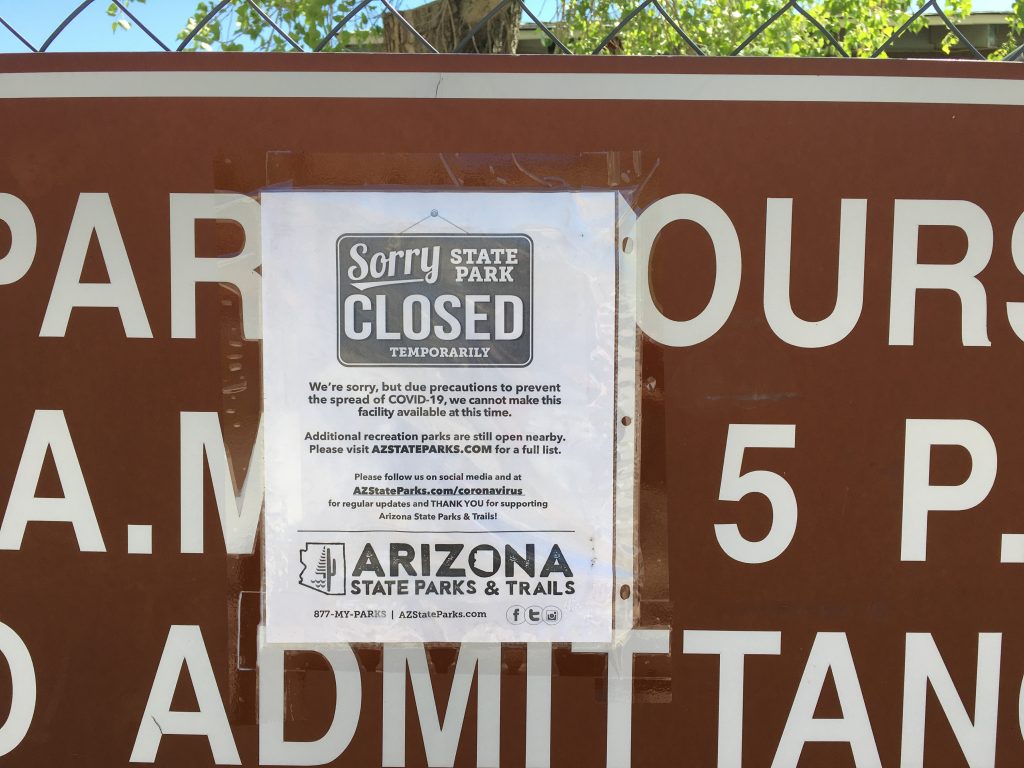
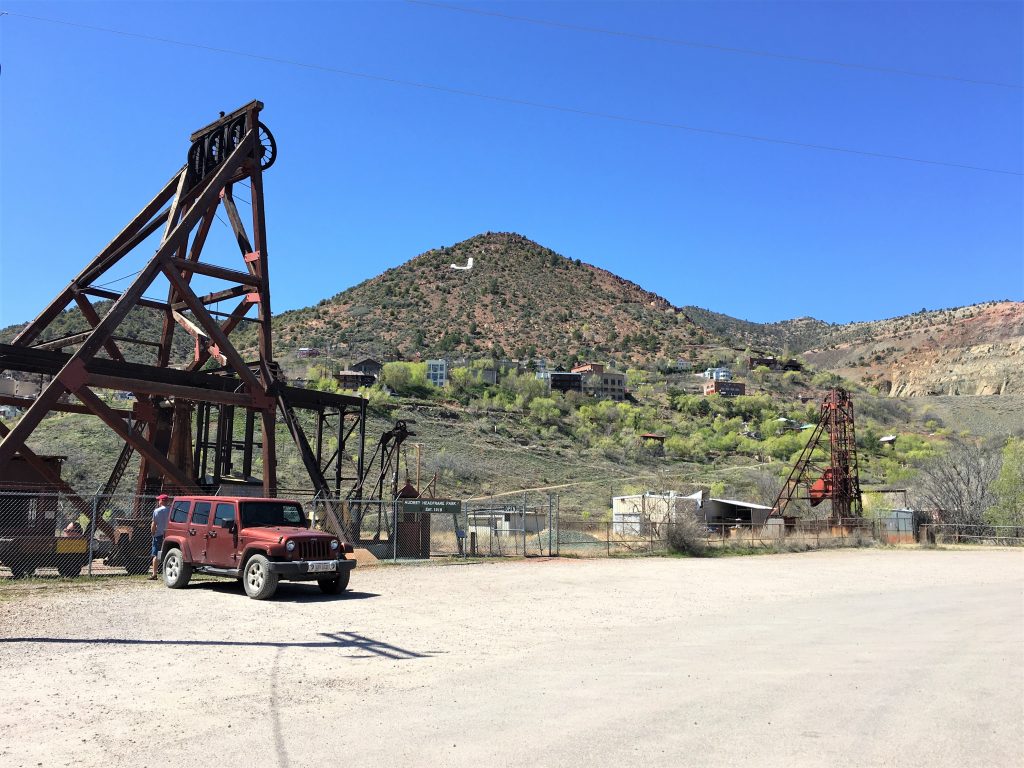
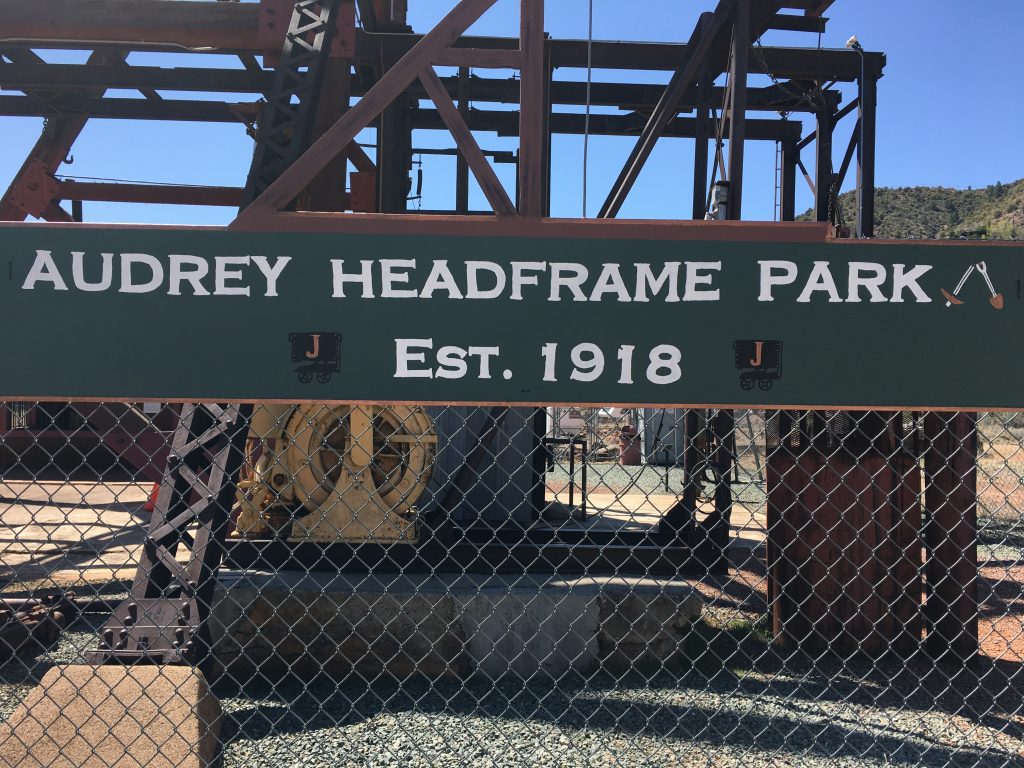
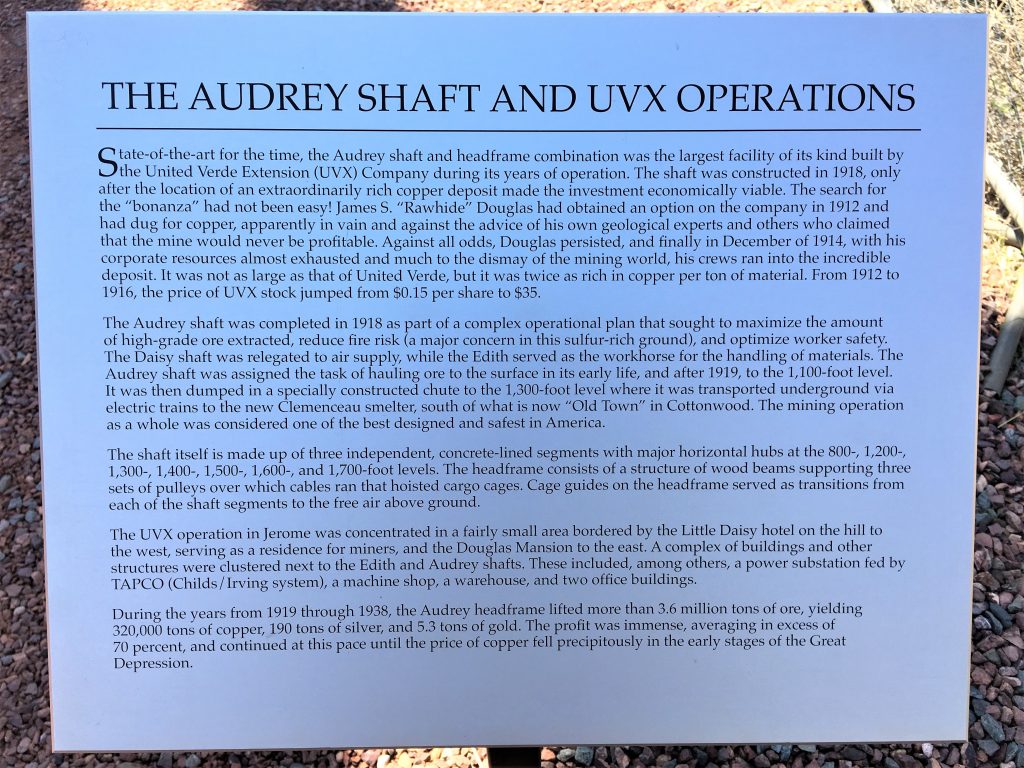
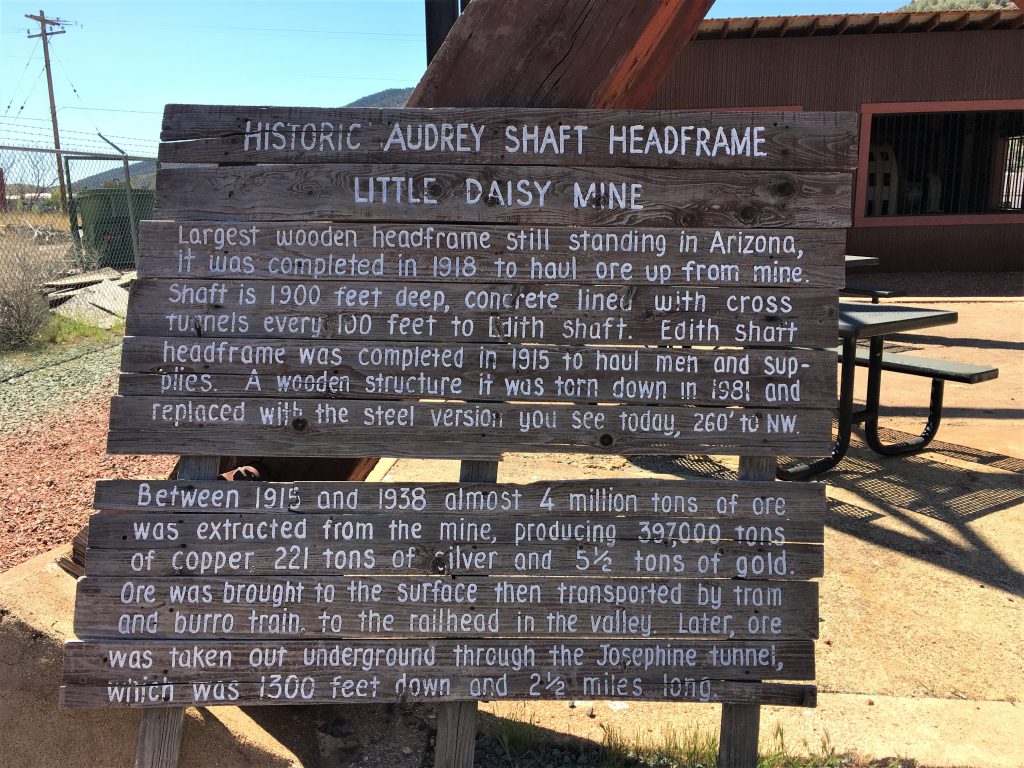
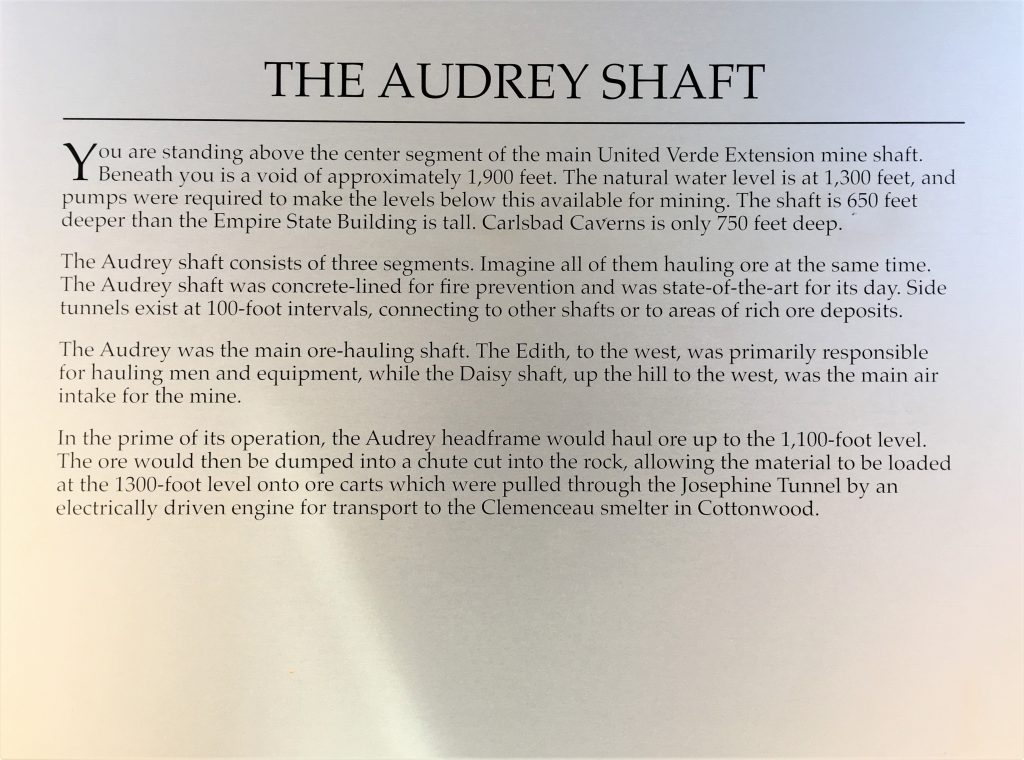
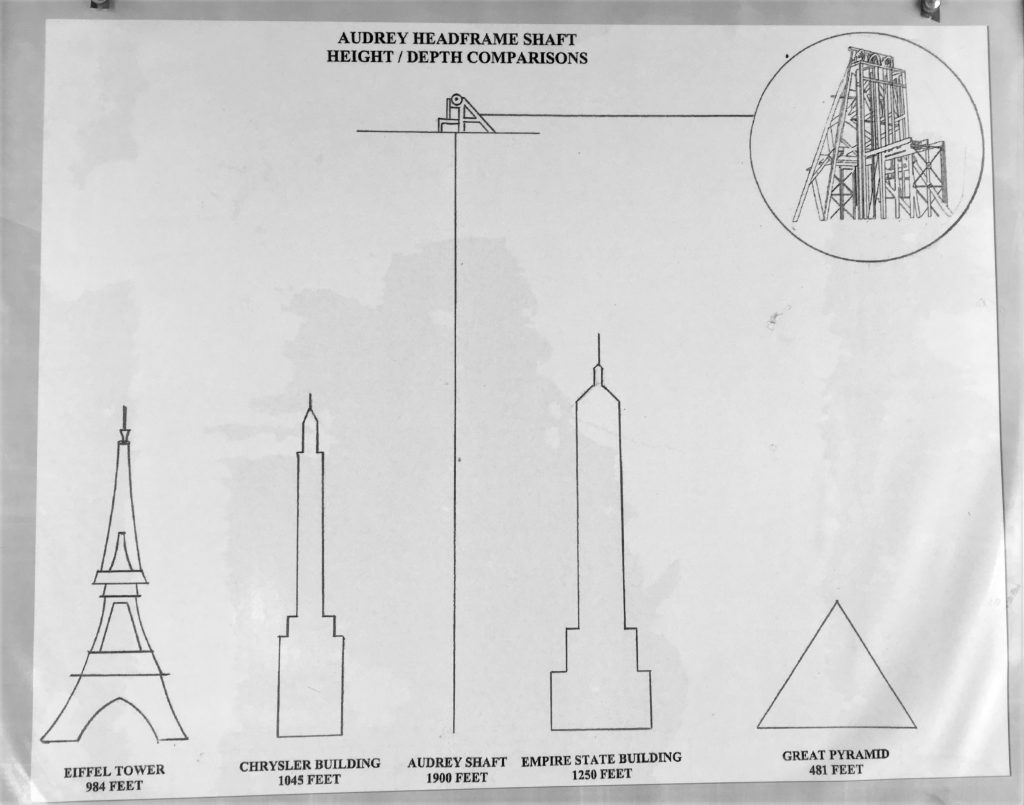

A little nerve wracking!
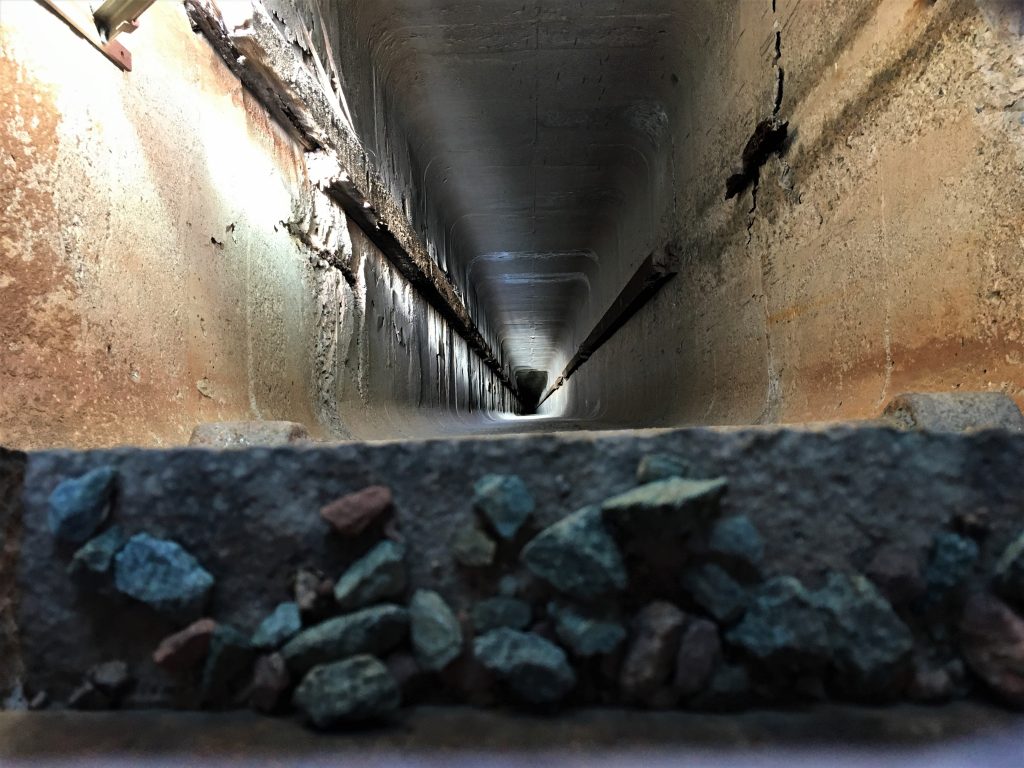
Someone engineered it with mirrors to catch the light. Smart!

See Blaine inside?
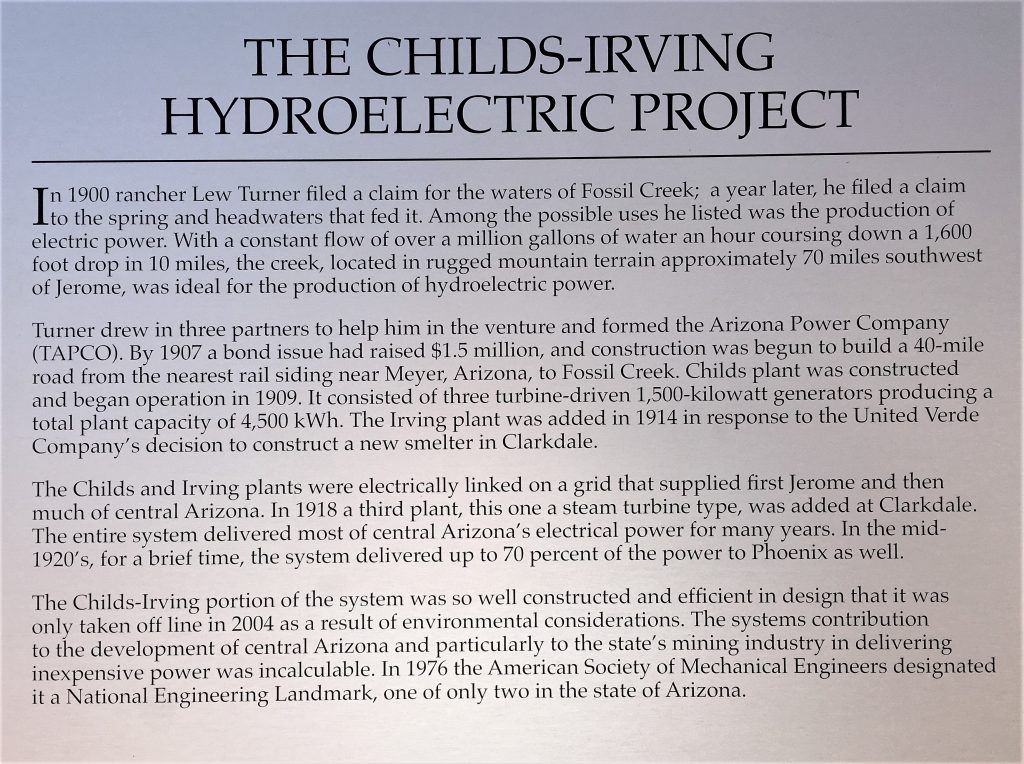
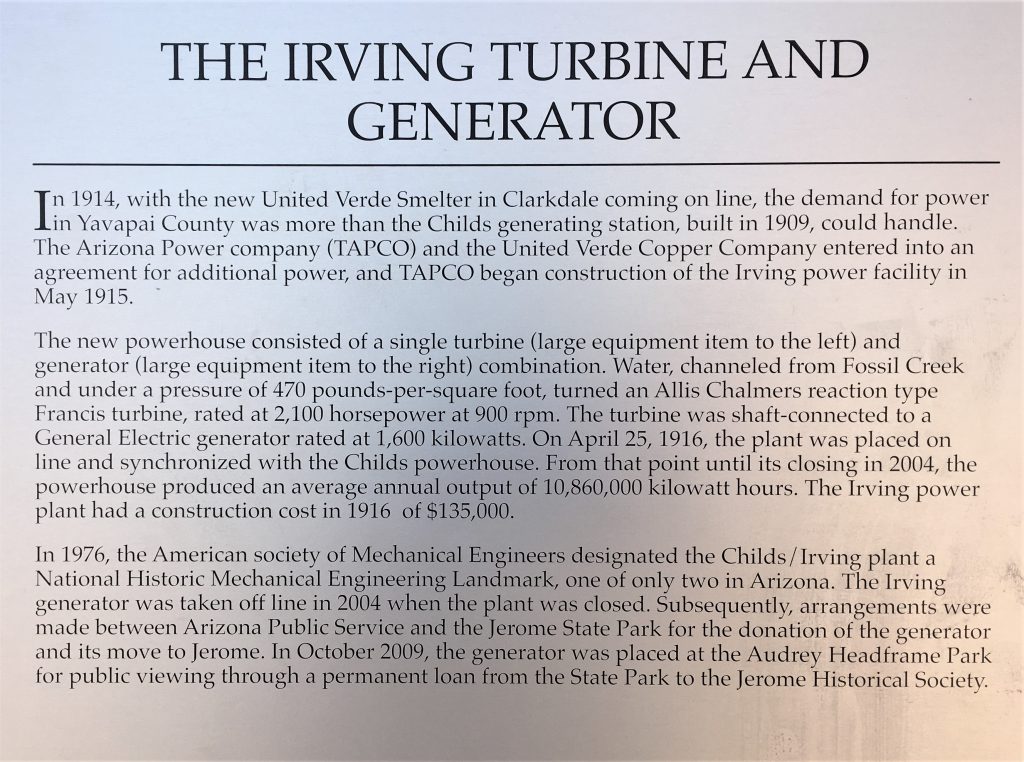

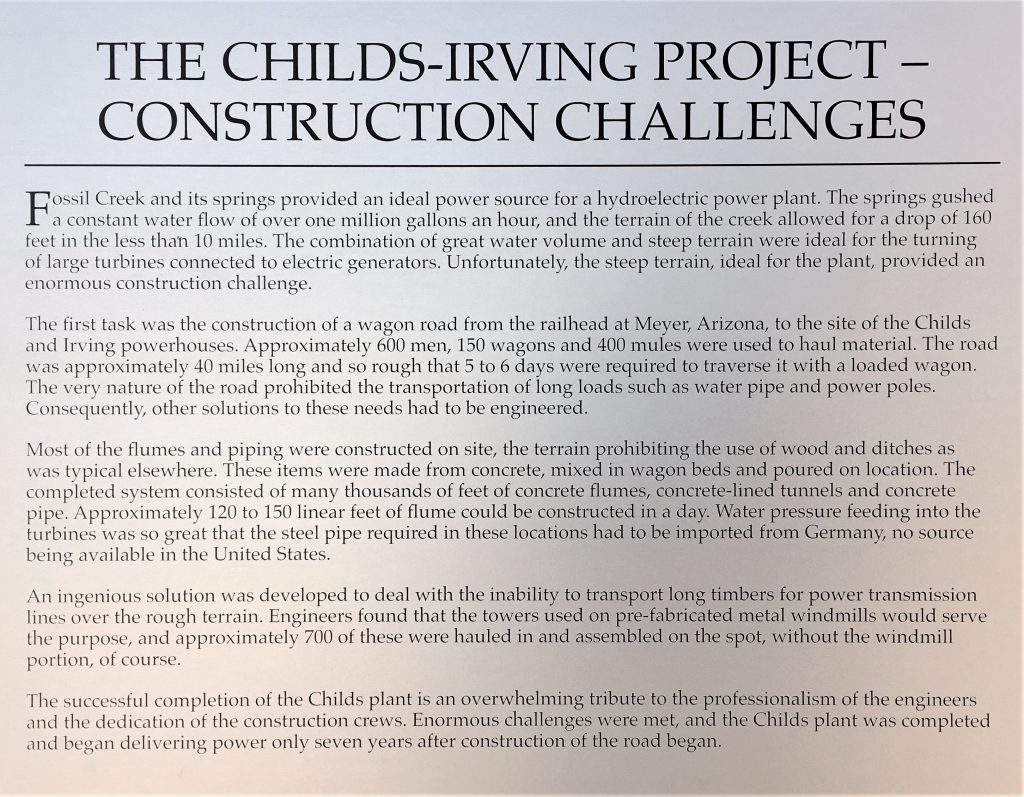
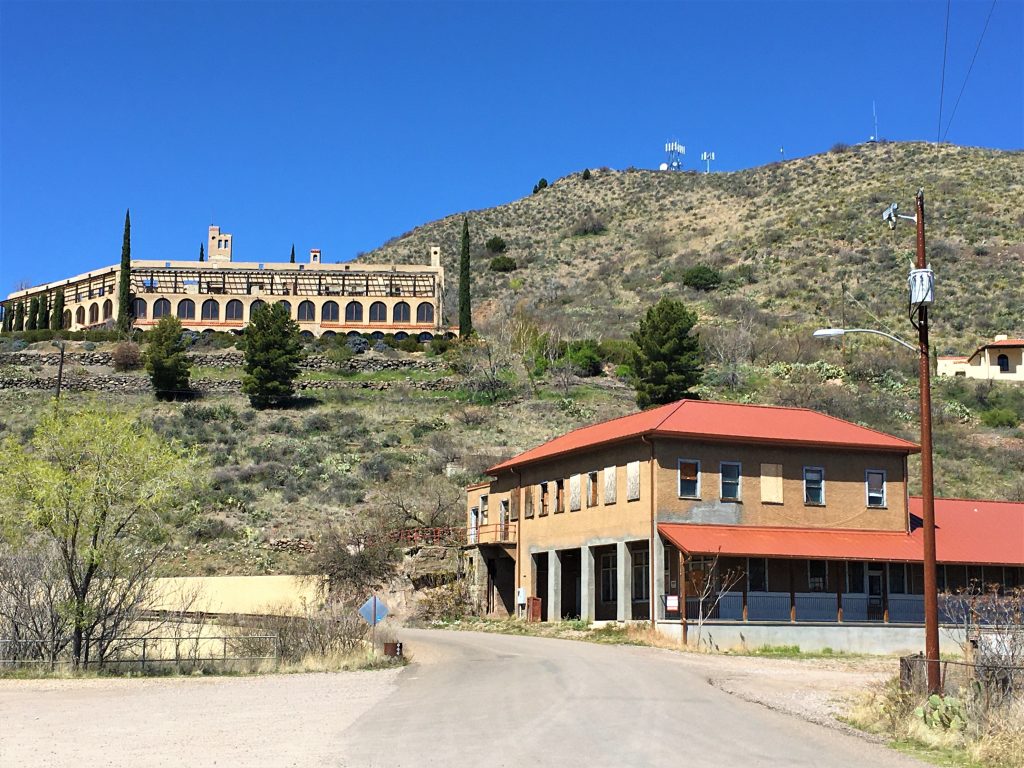
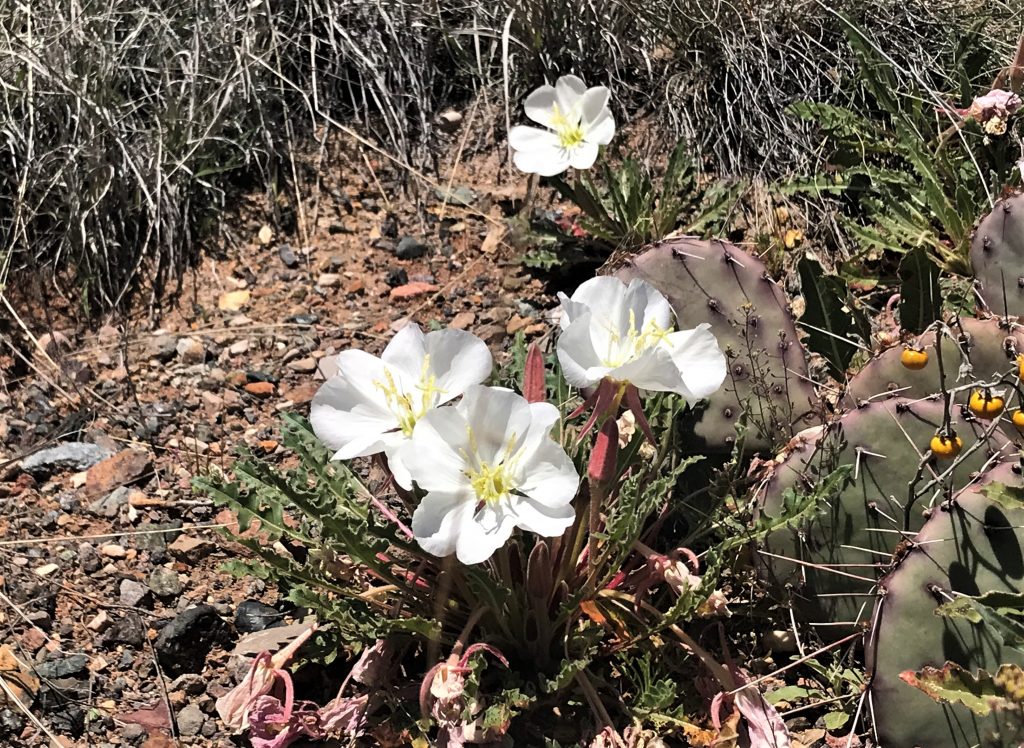
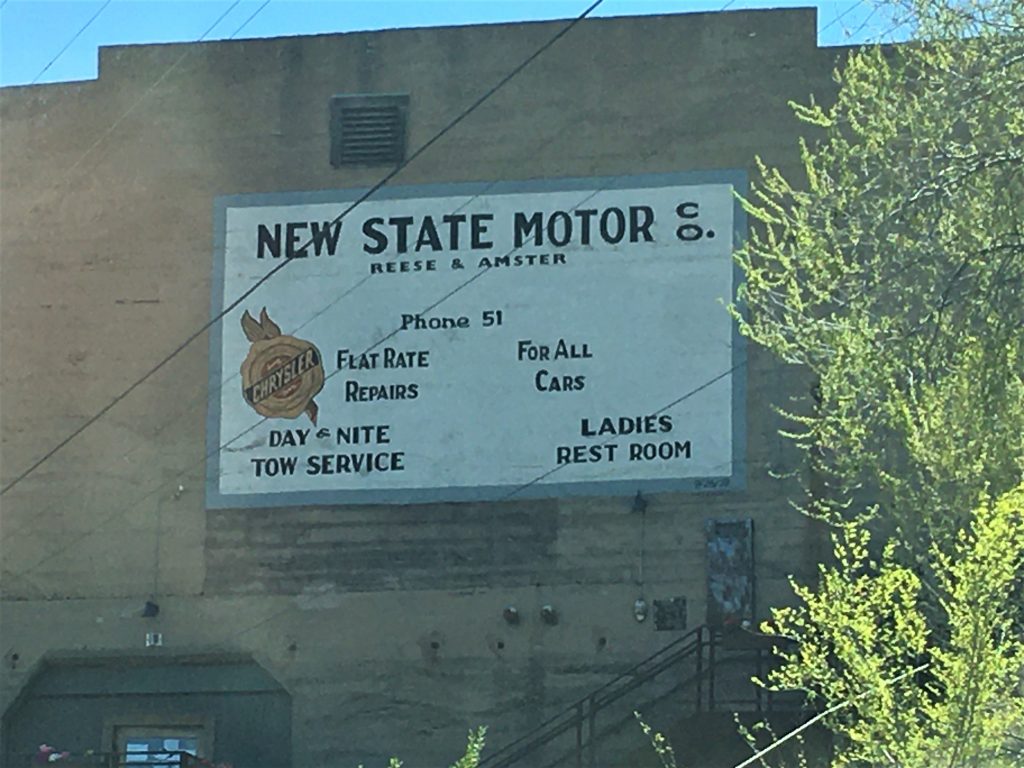
Made me smile. : )
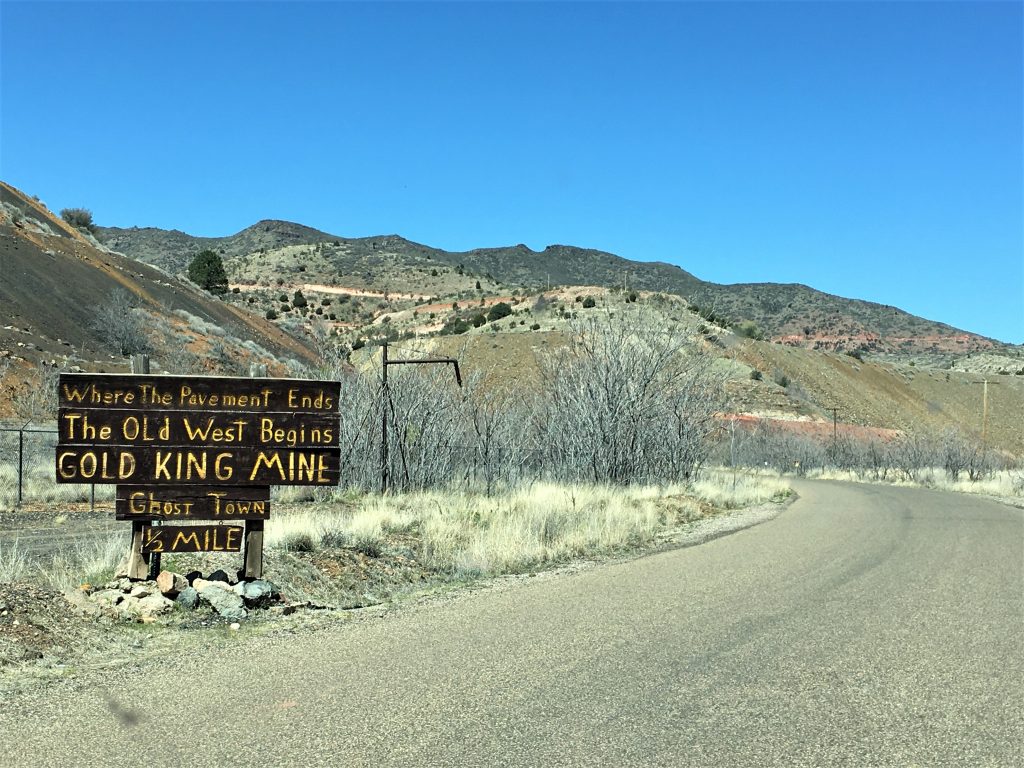
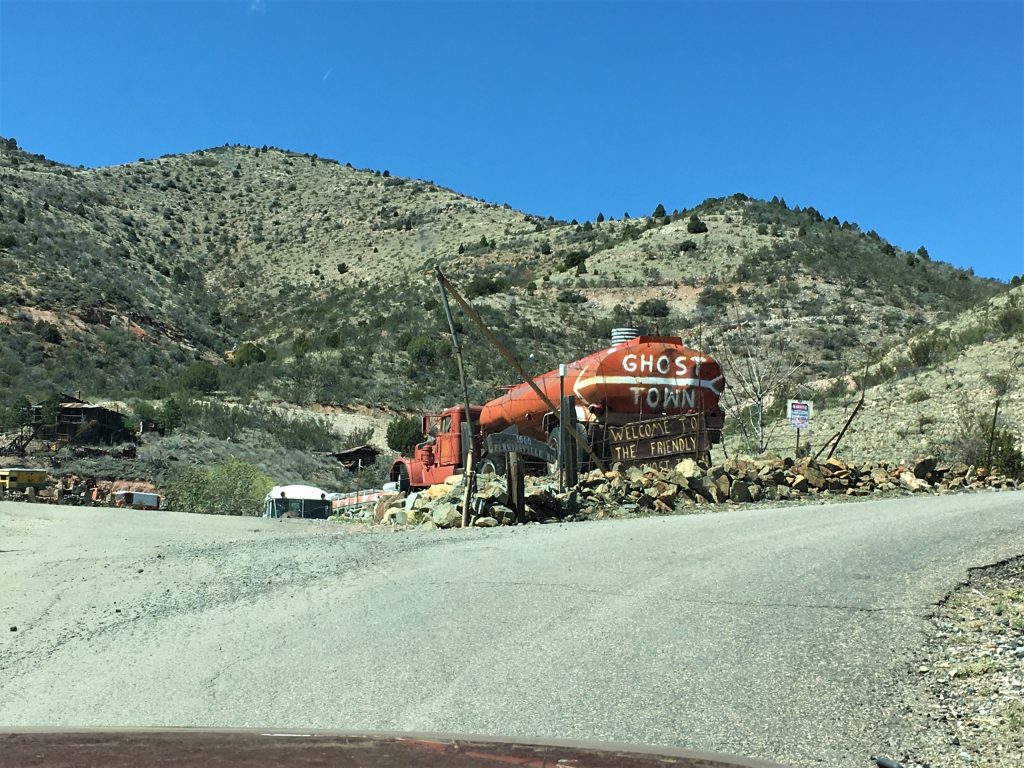
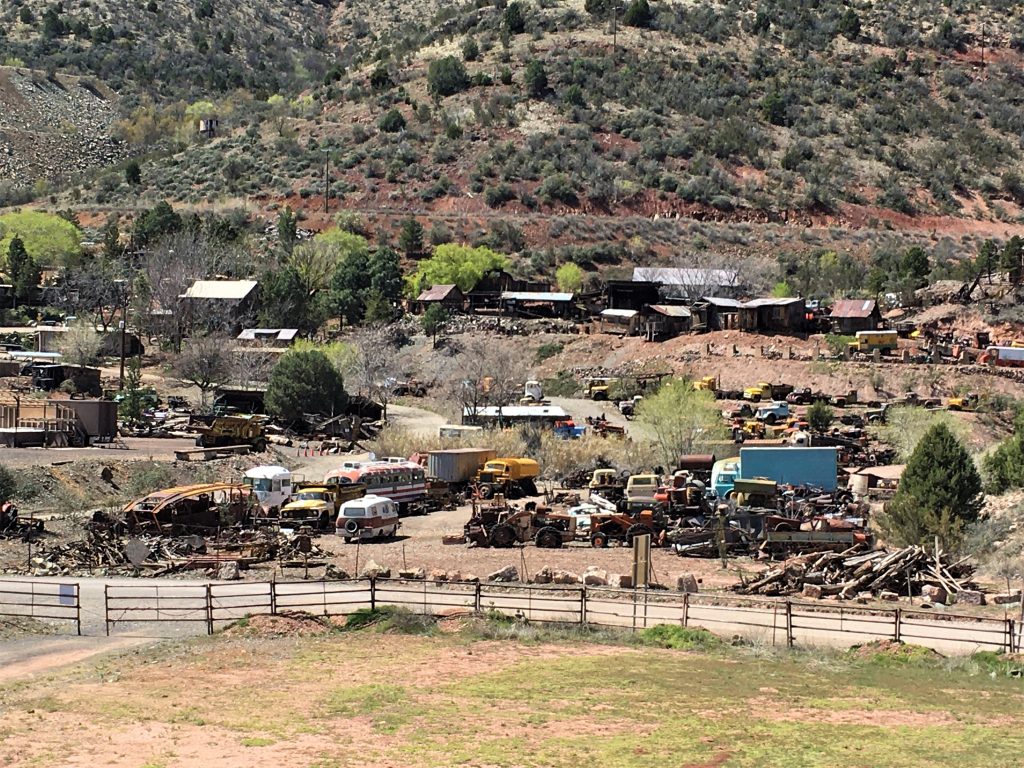

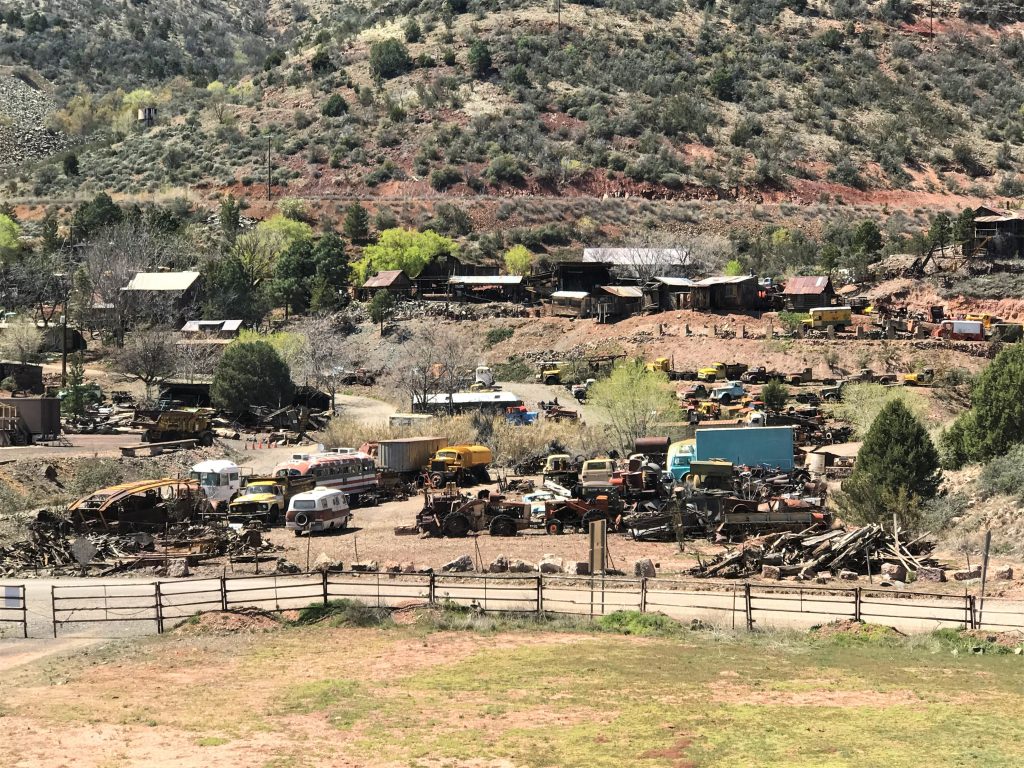
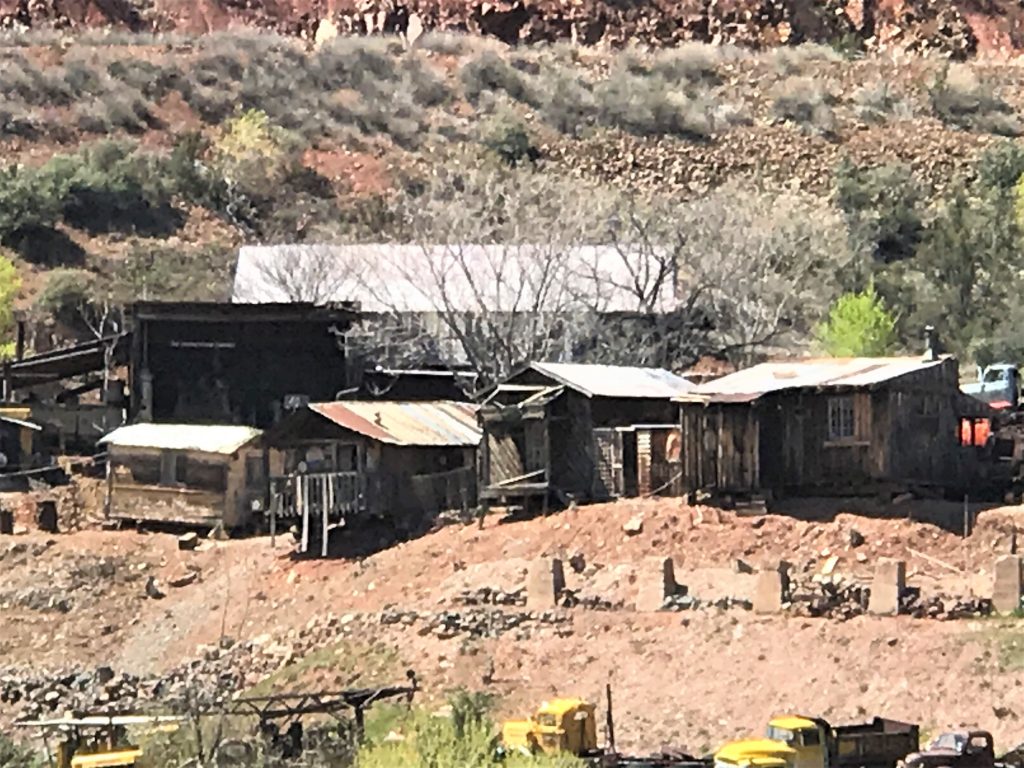
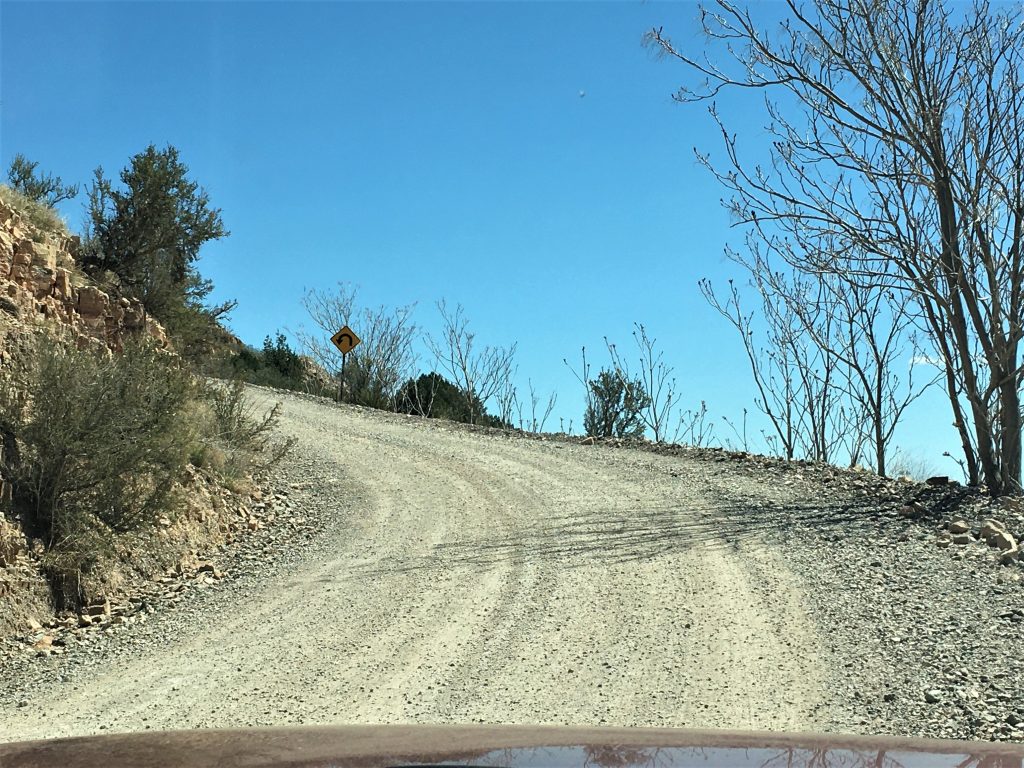
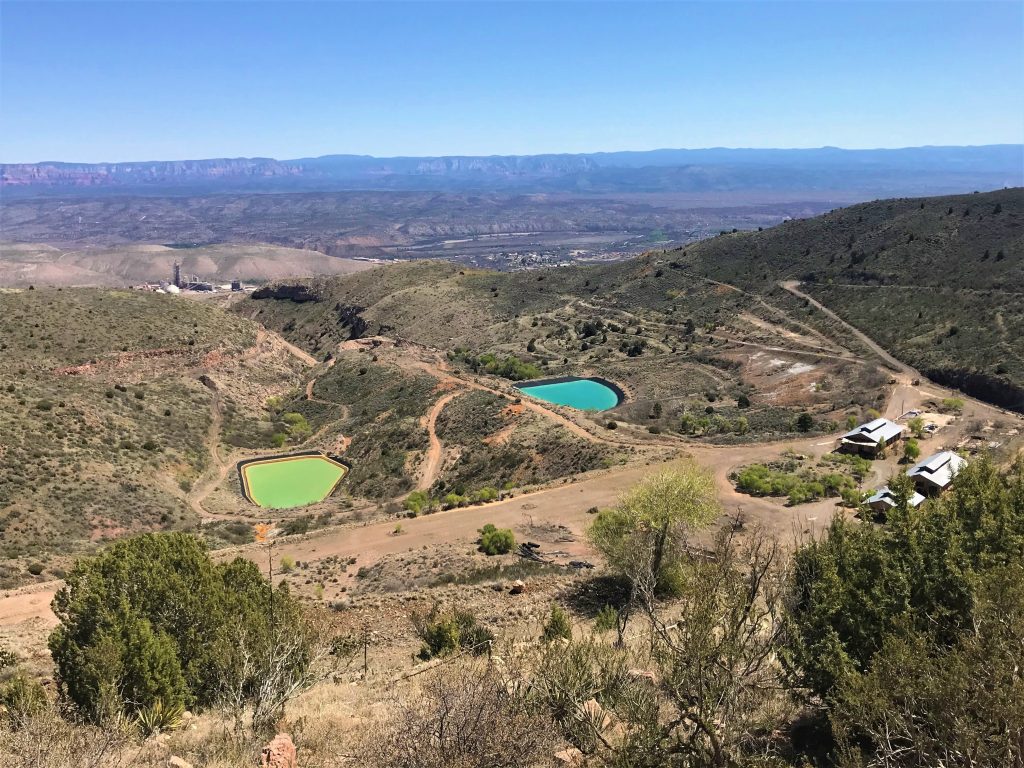
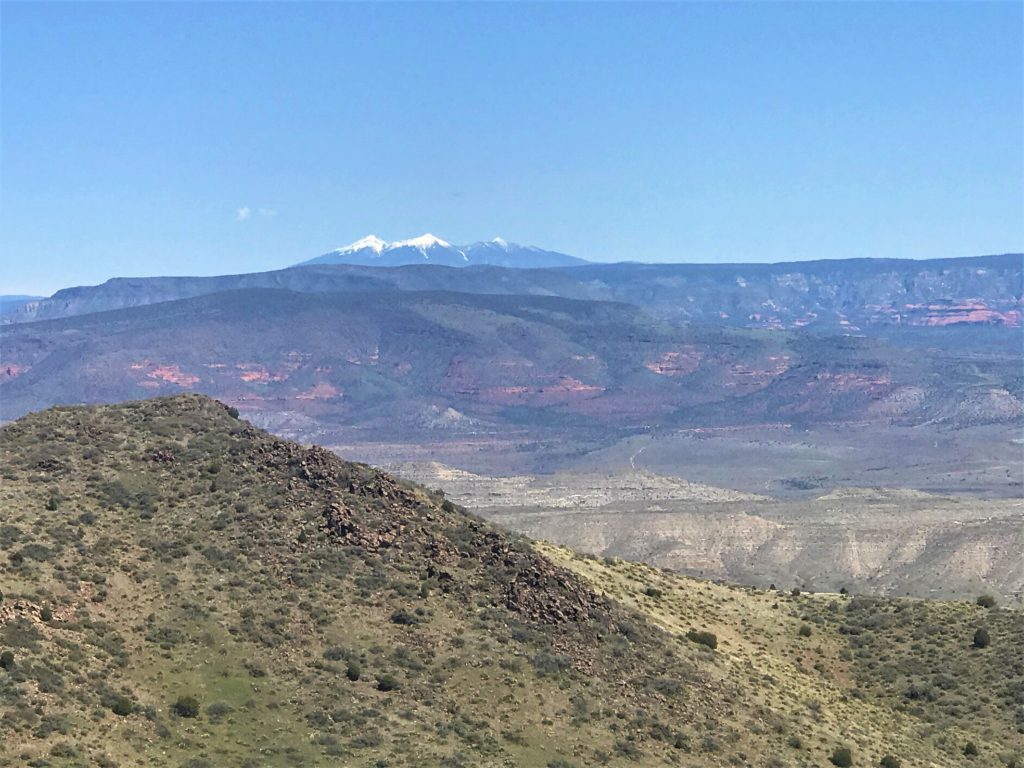
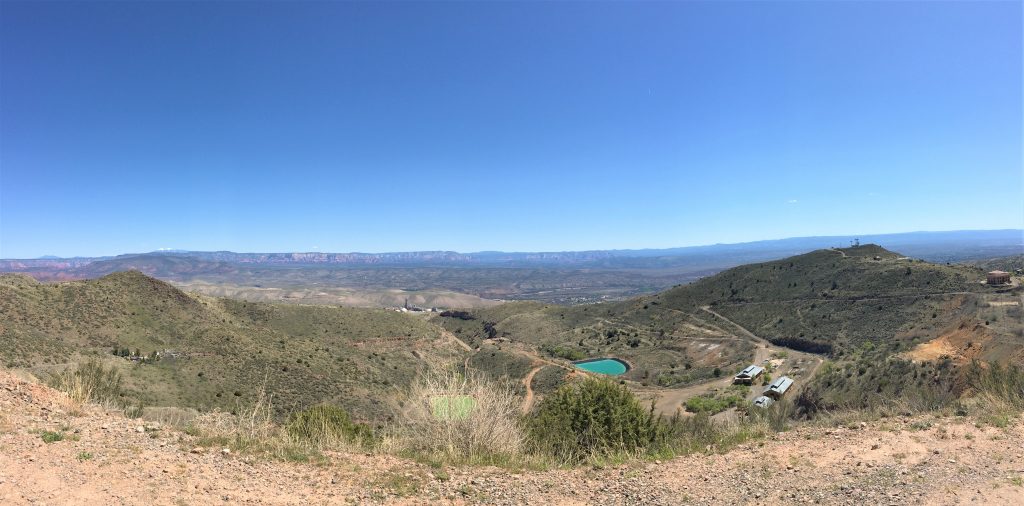
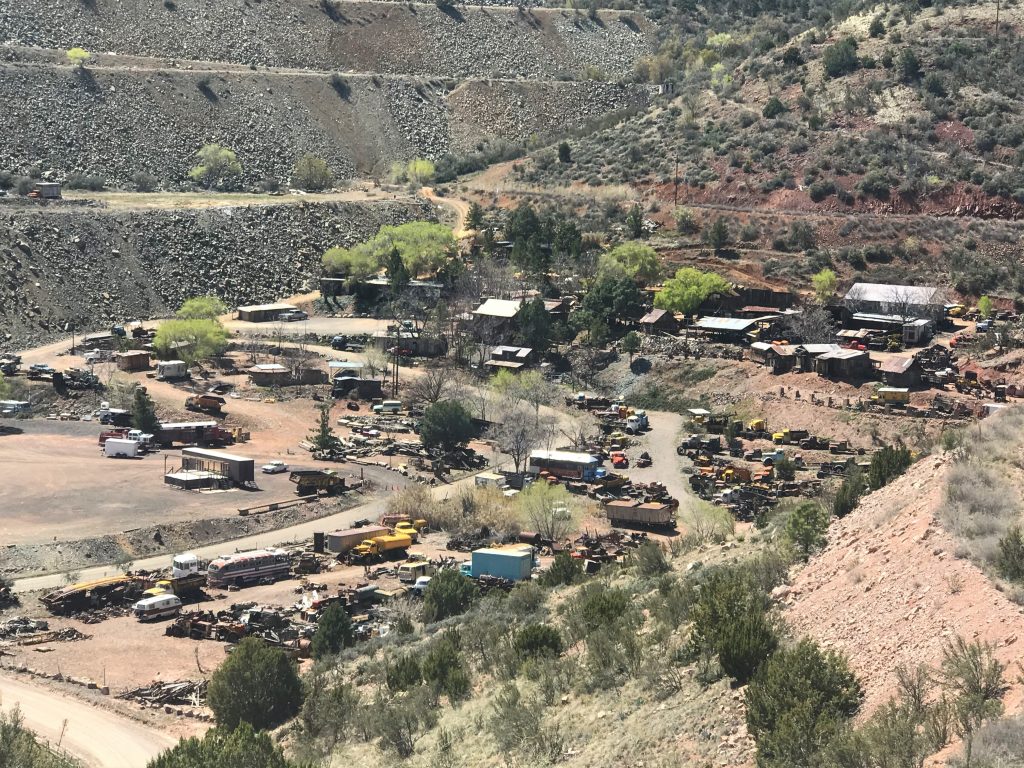
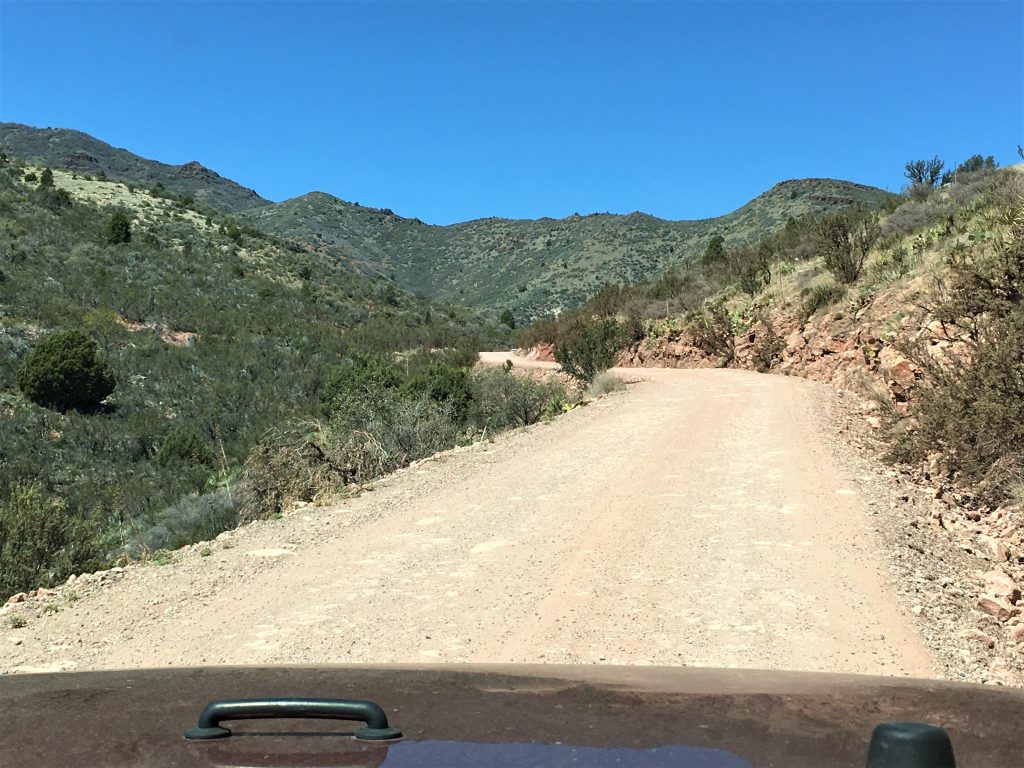
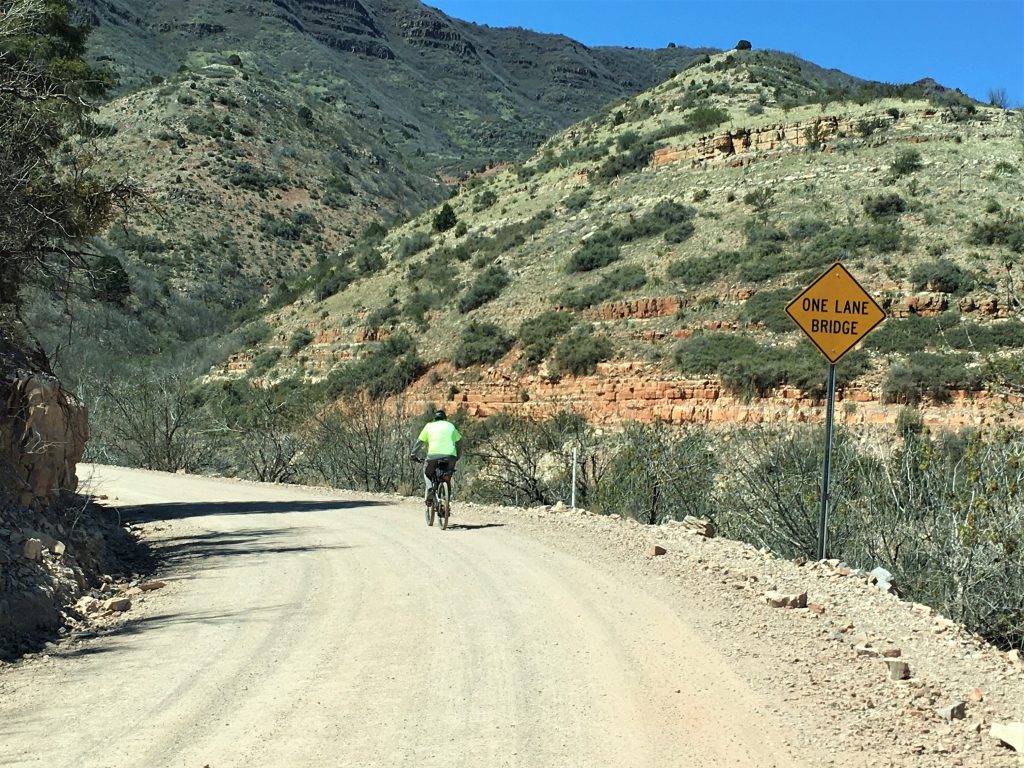
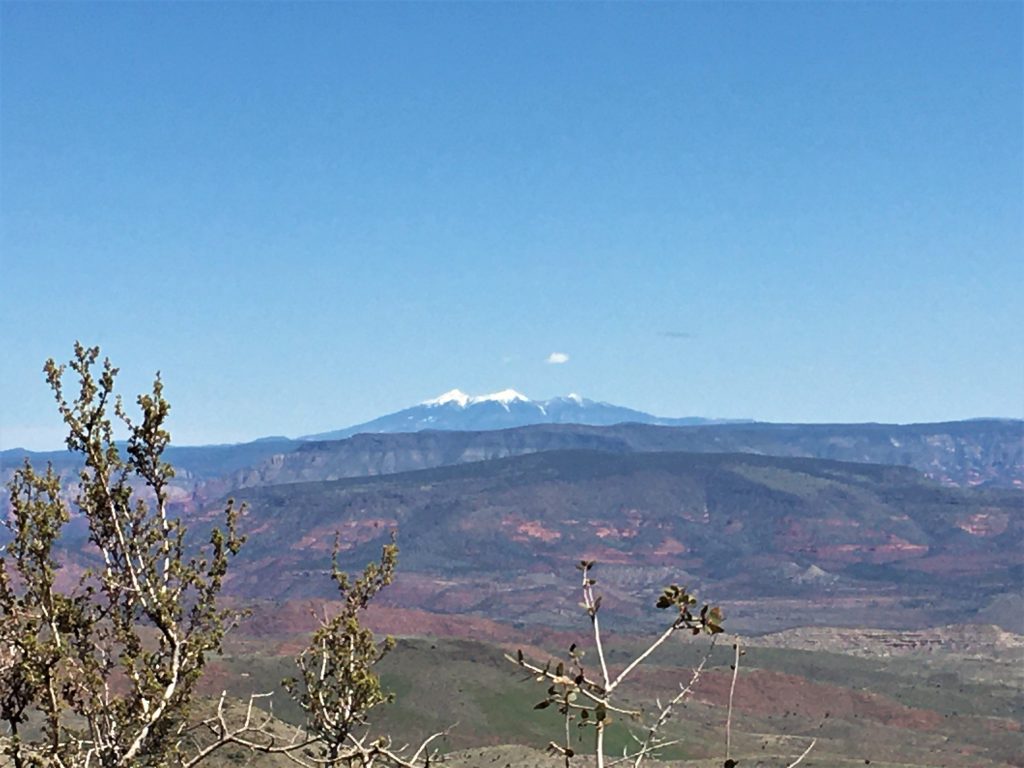
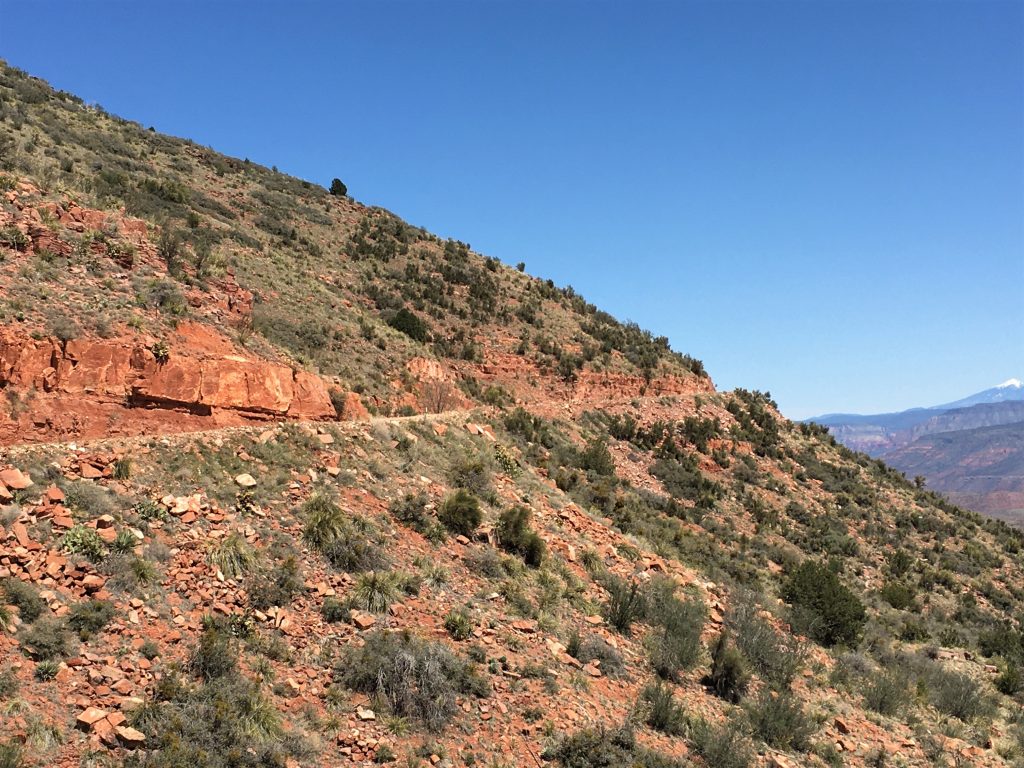
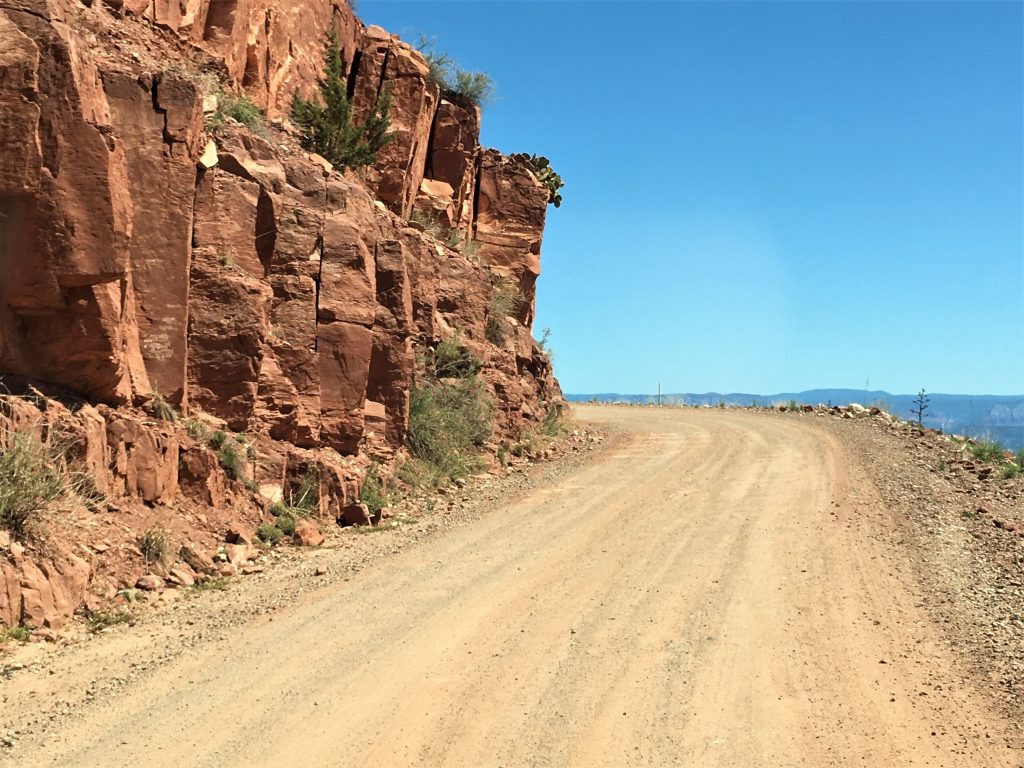
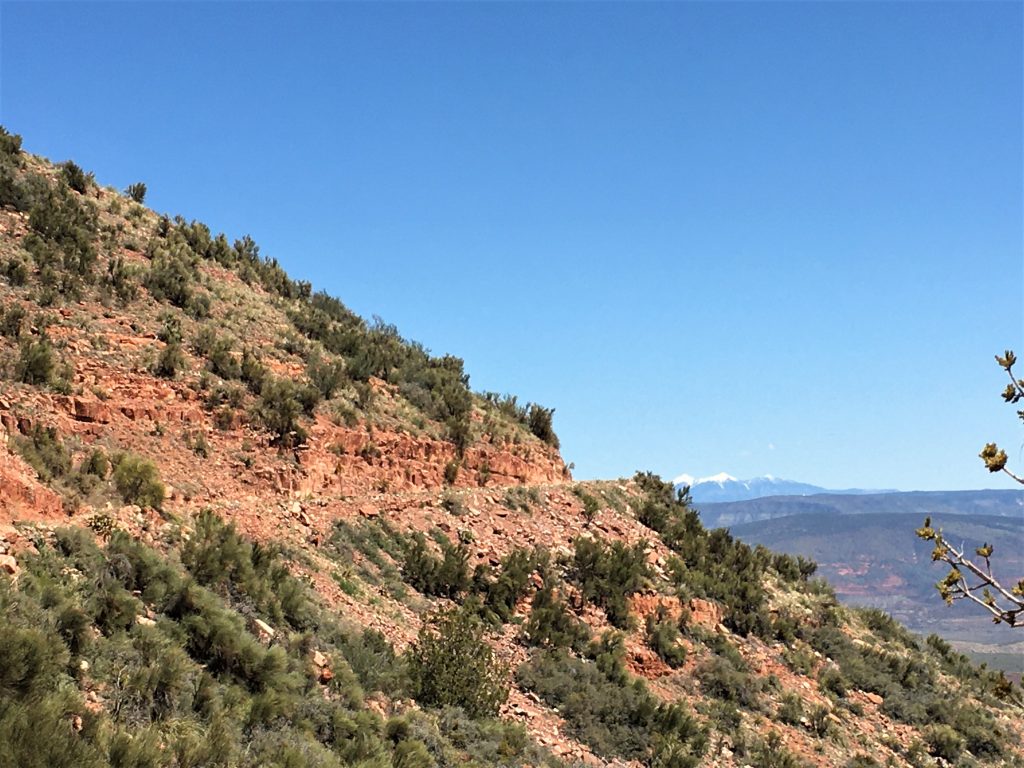

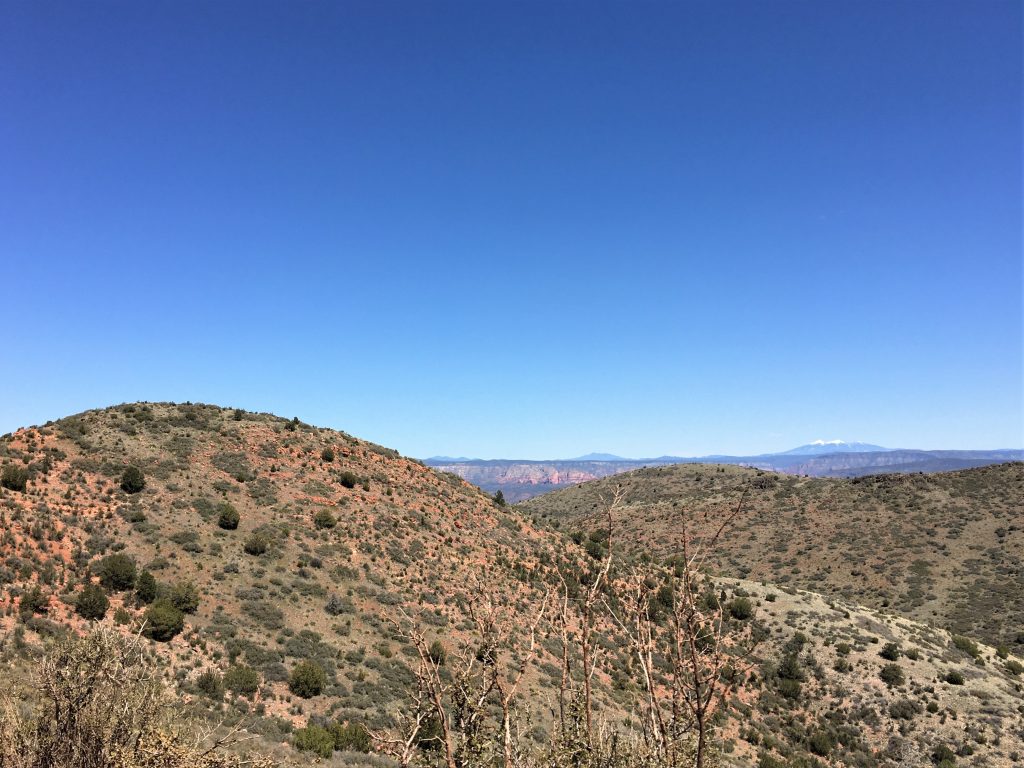
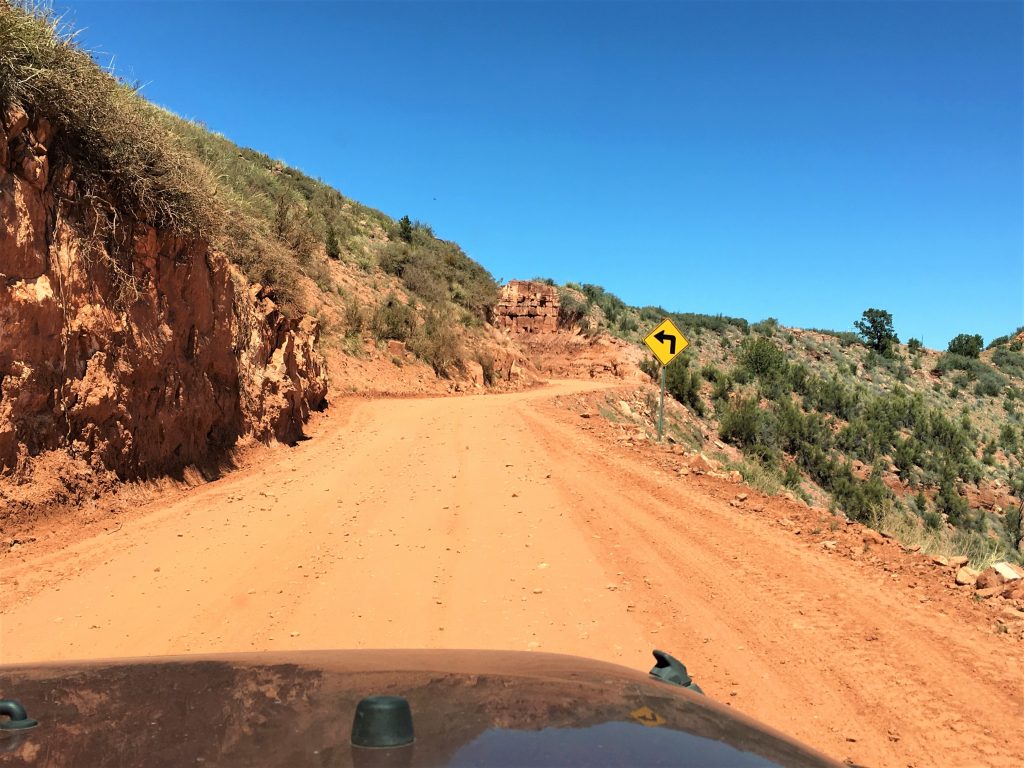
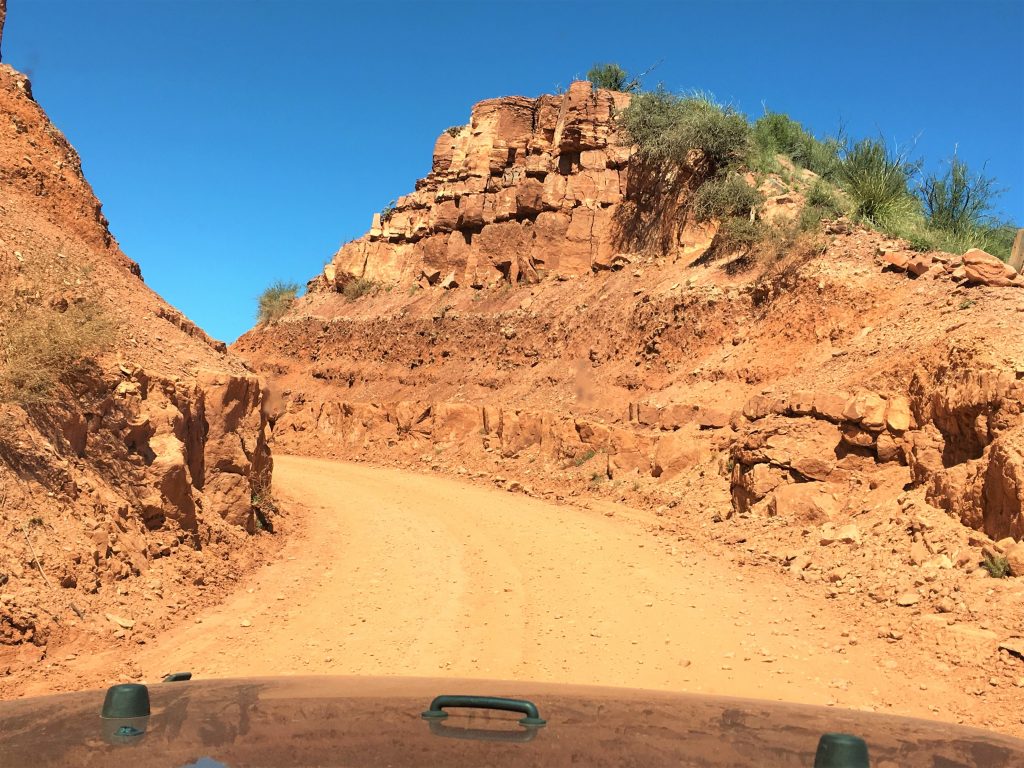
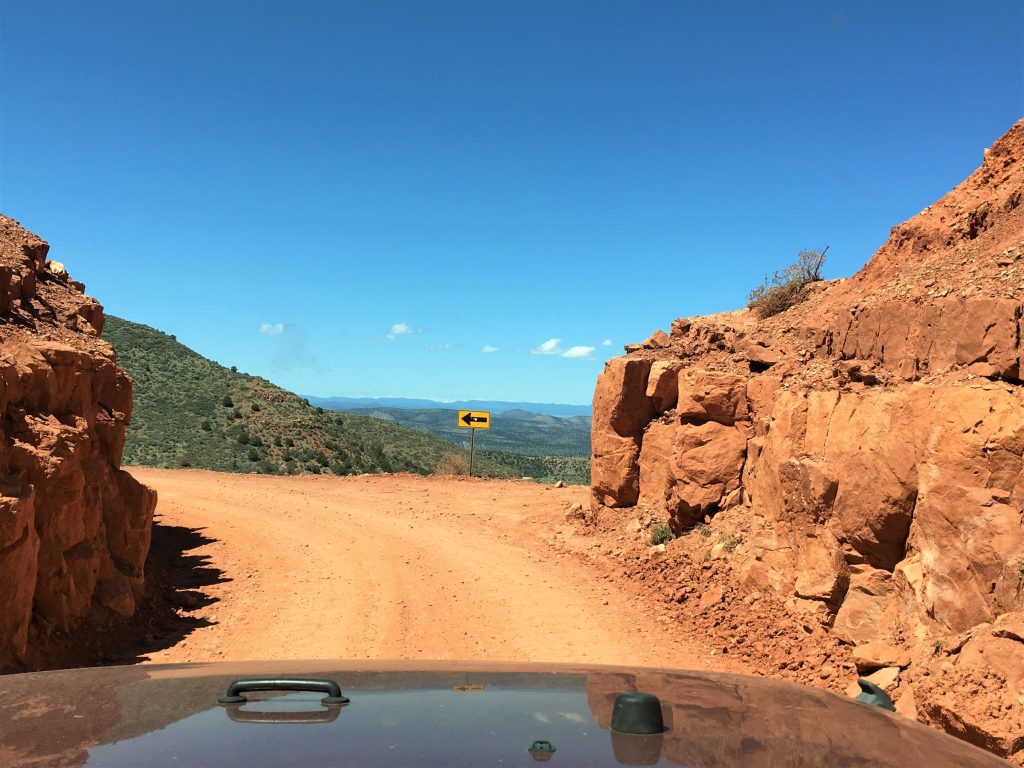


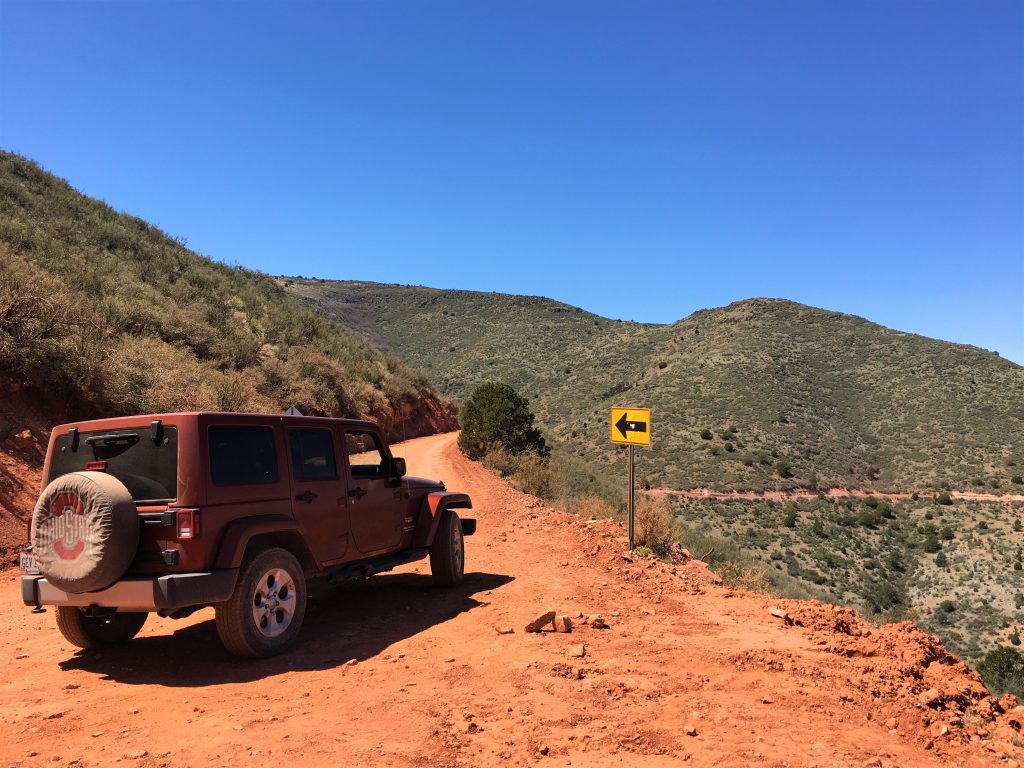
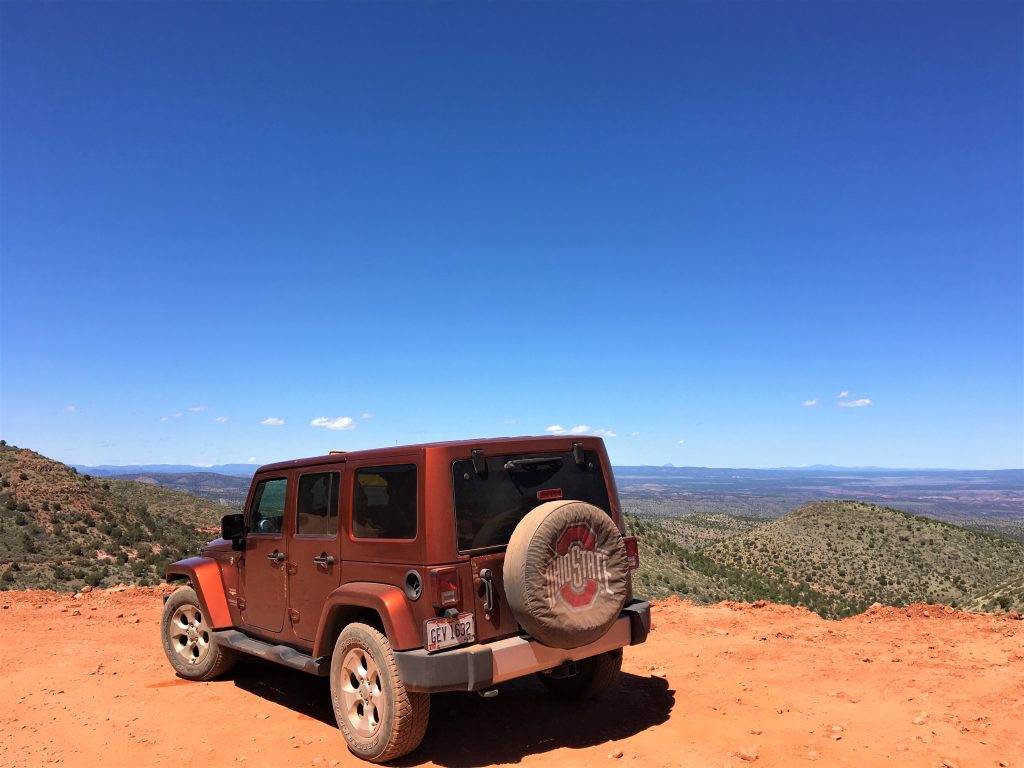

Time to turn around.
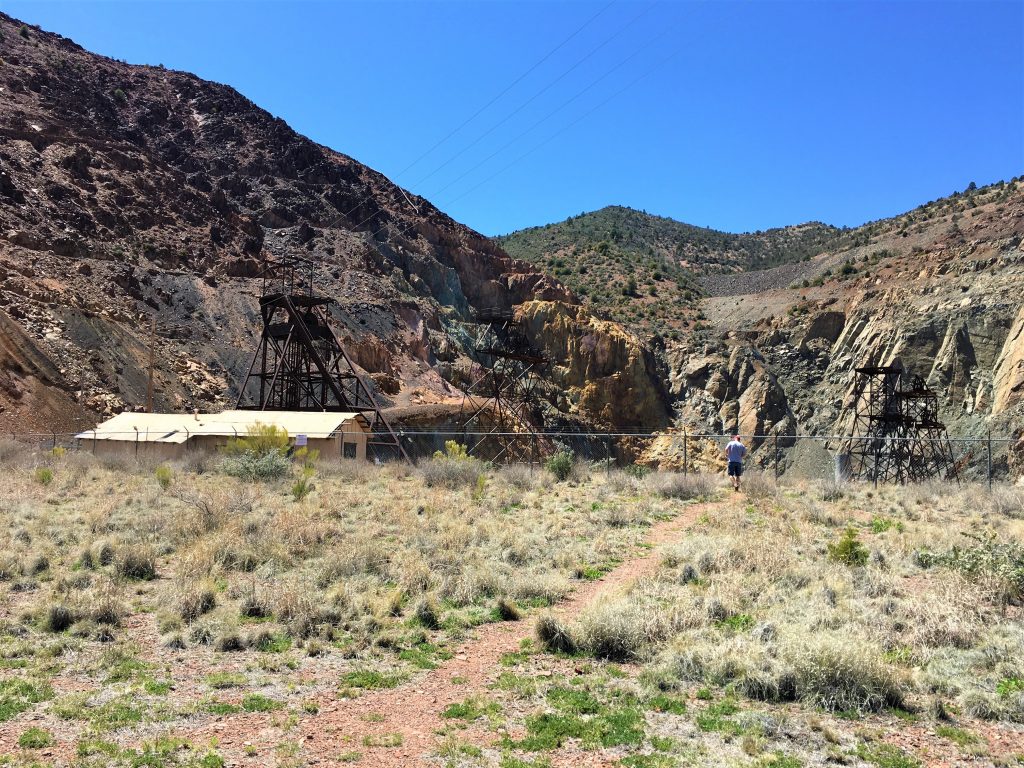
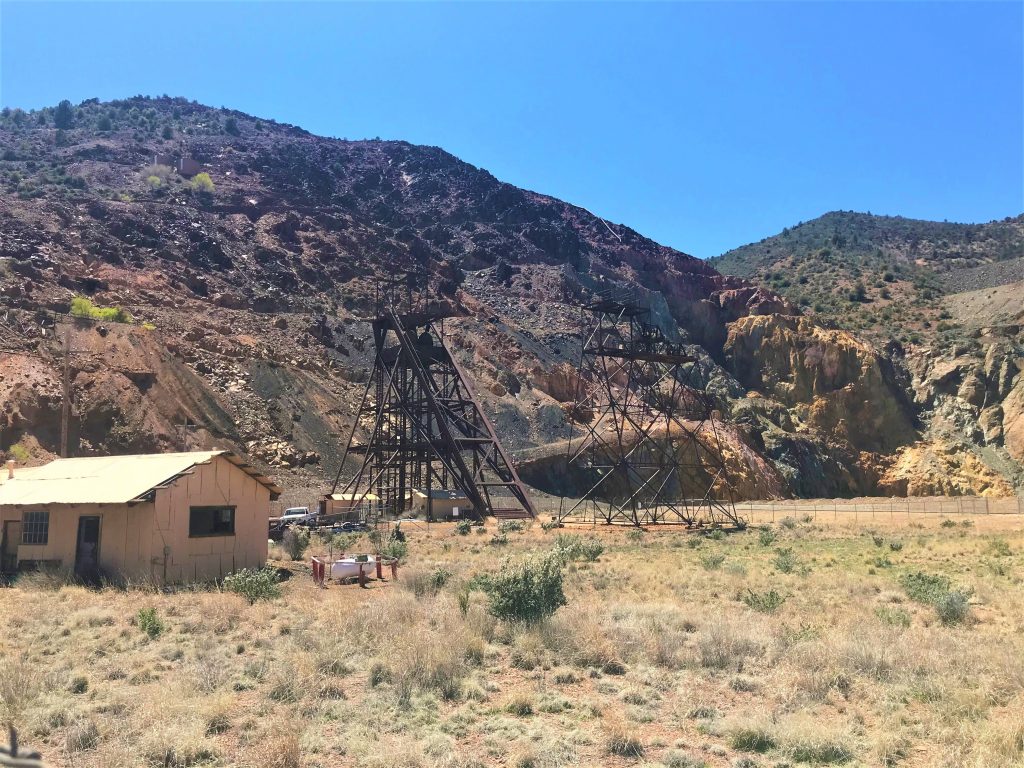
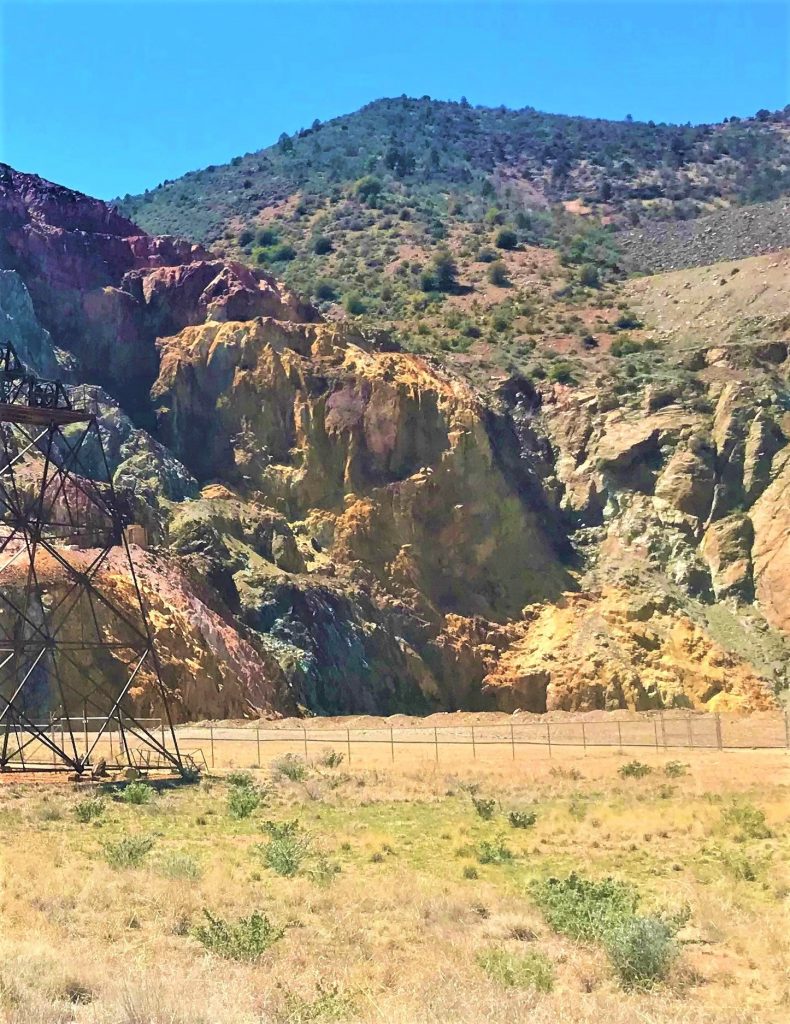
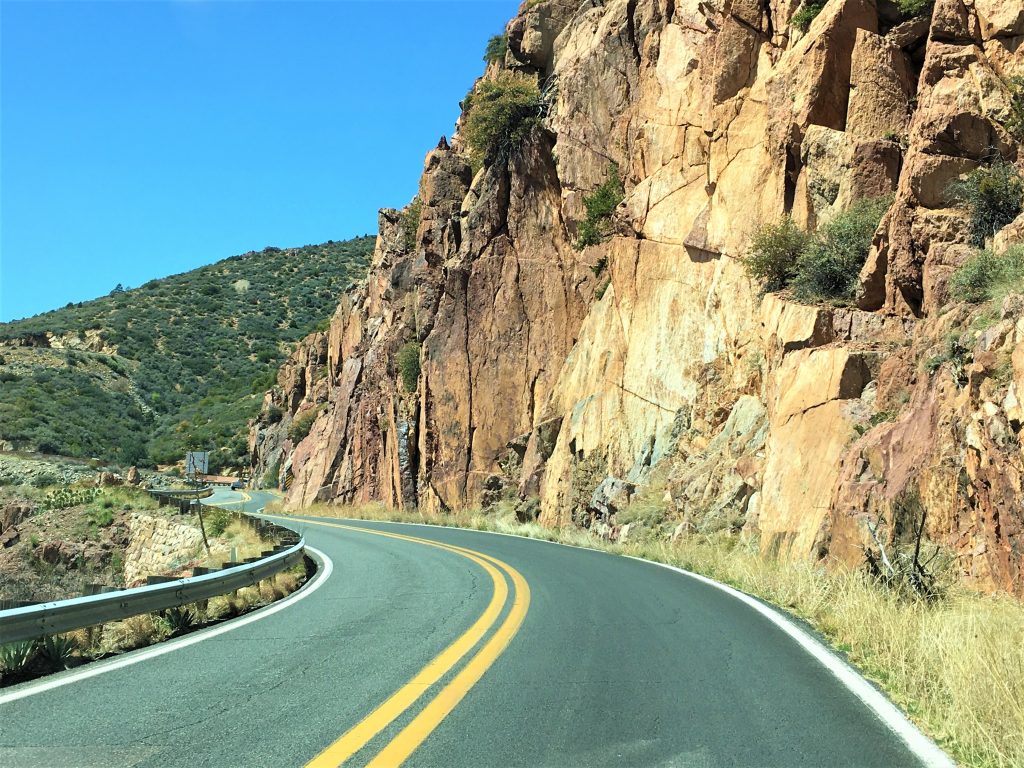
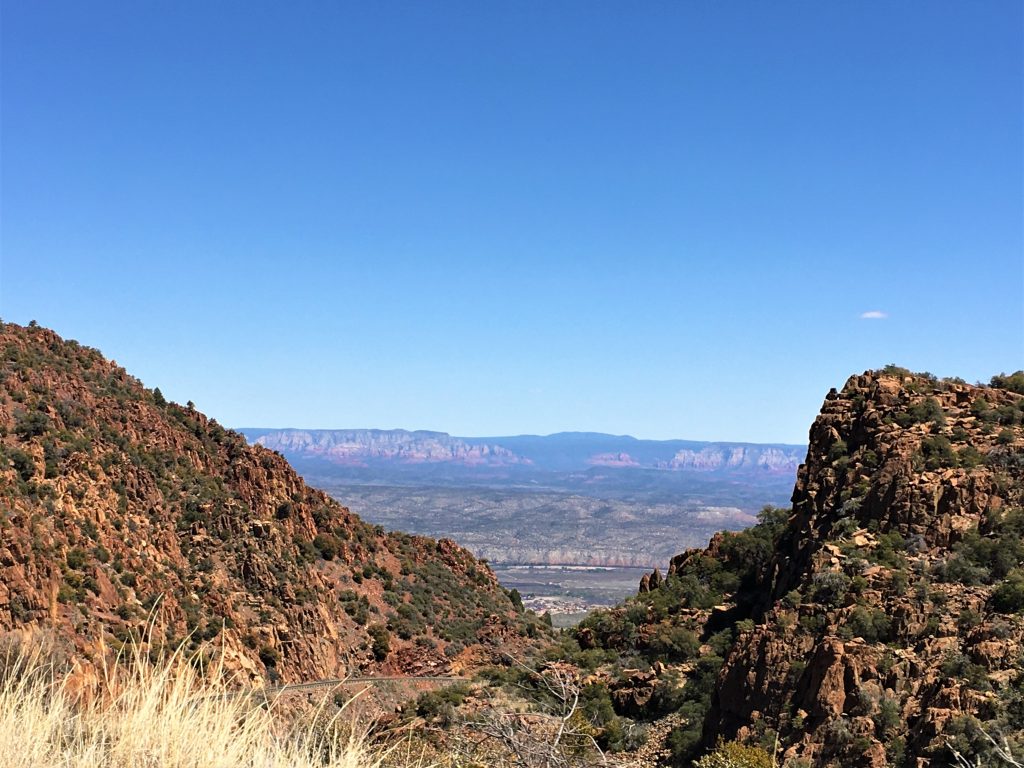
Actually it’s the only route – – right through town again. : )
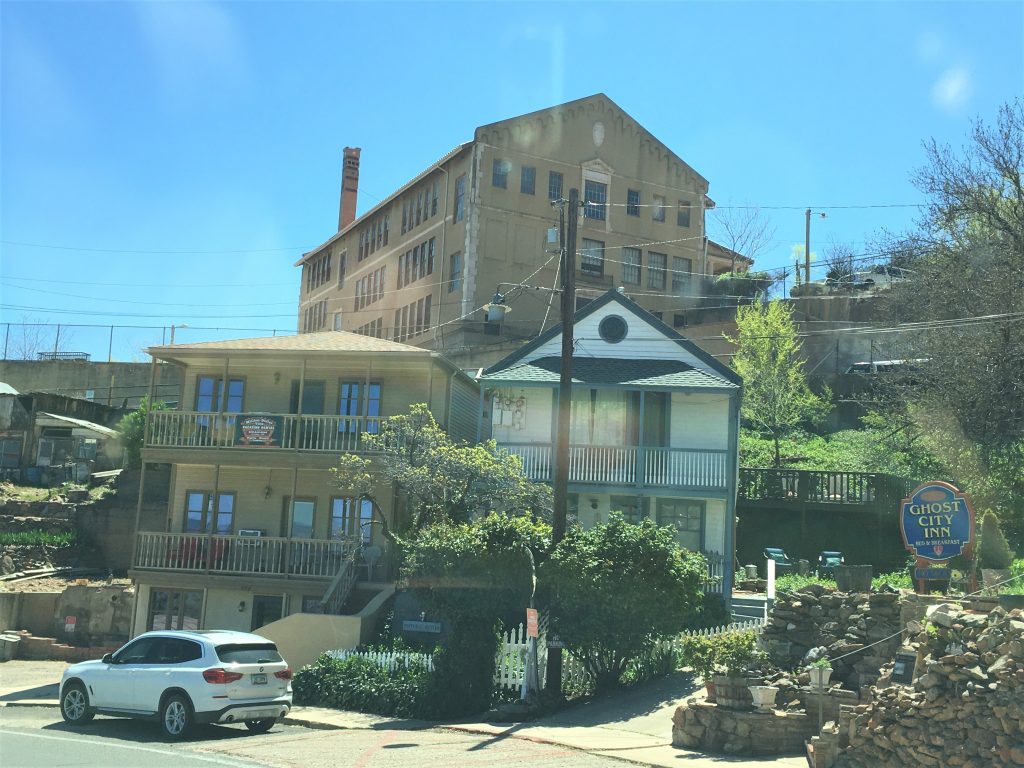
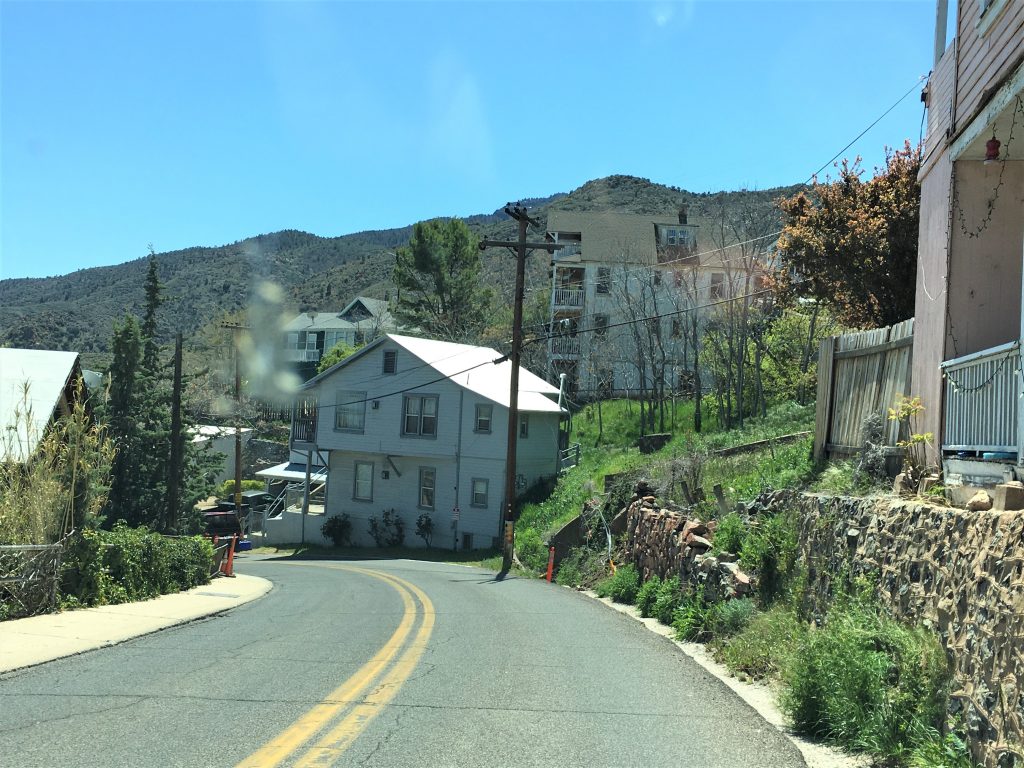
Especially in the winter?
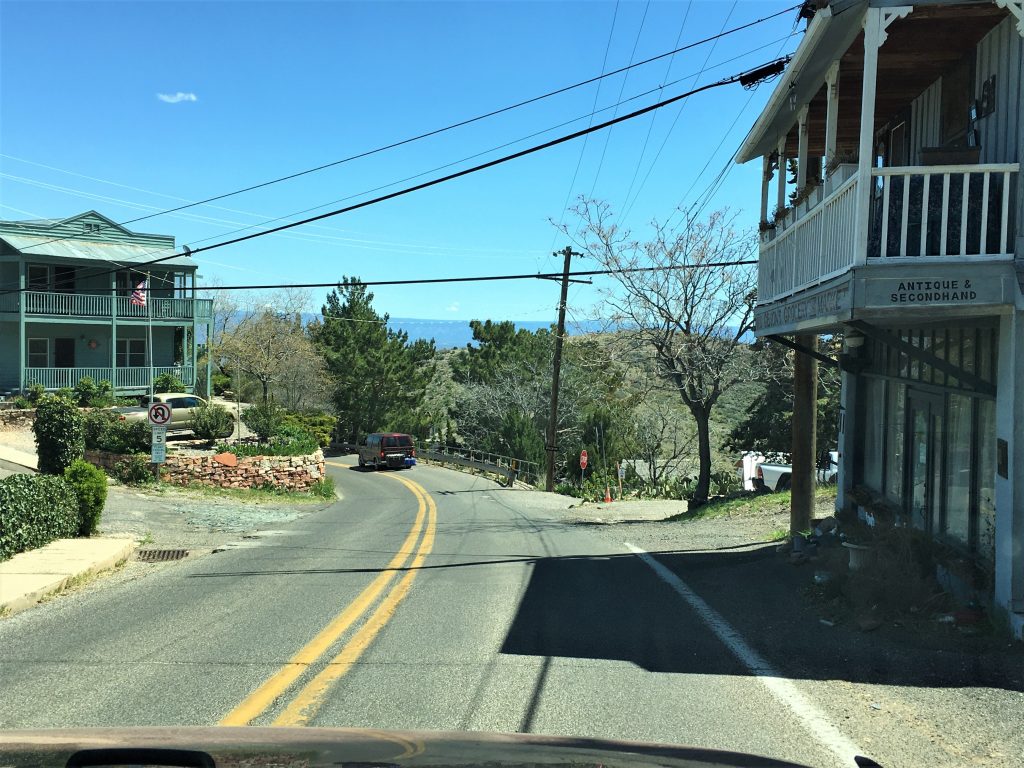
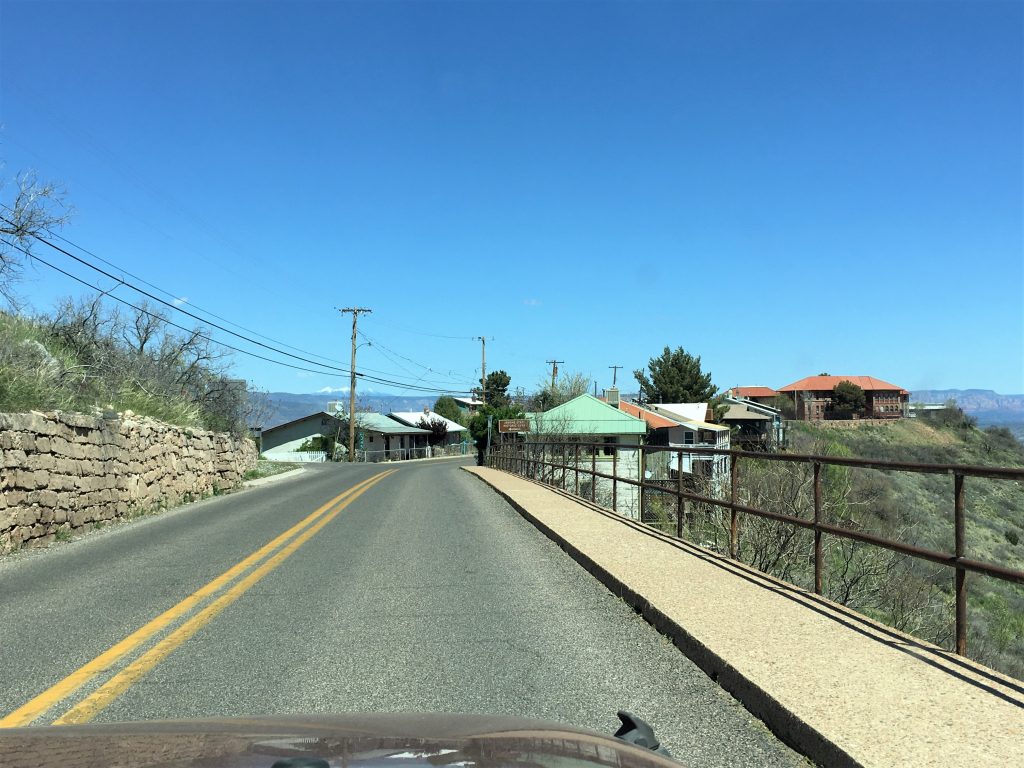
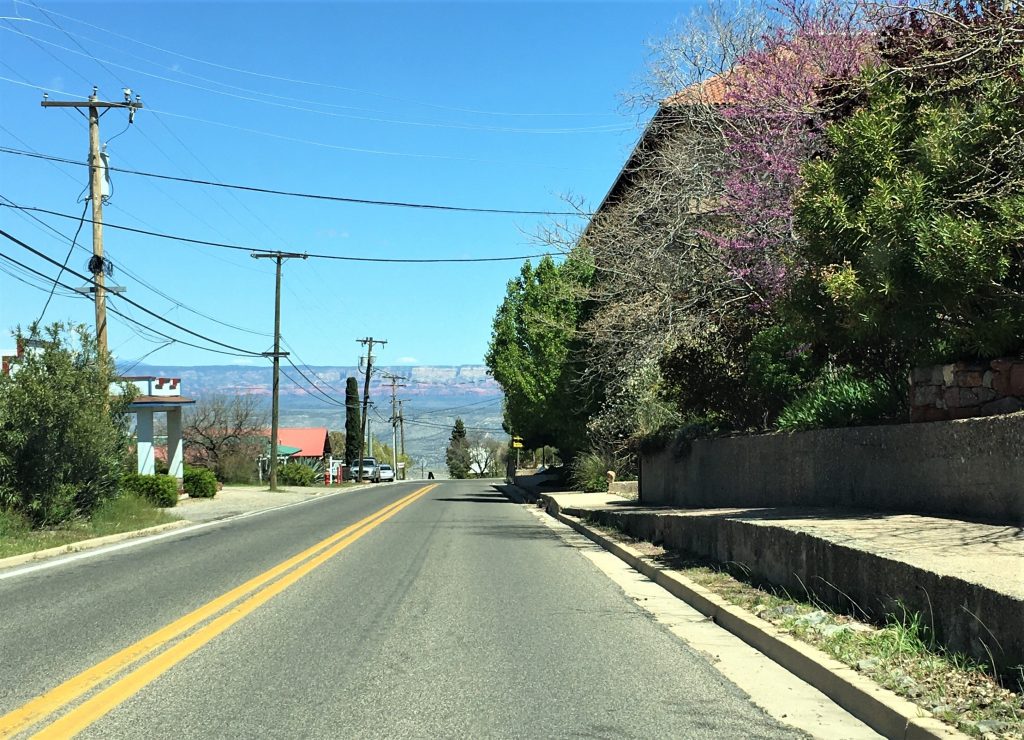
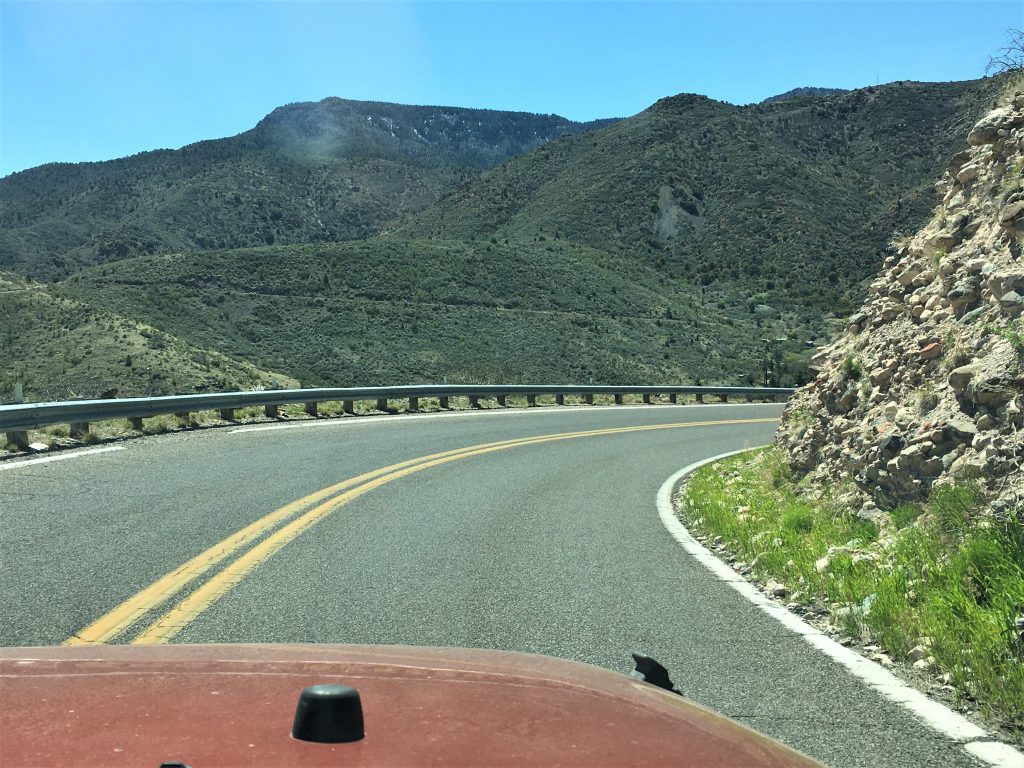
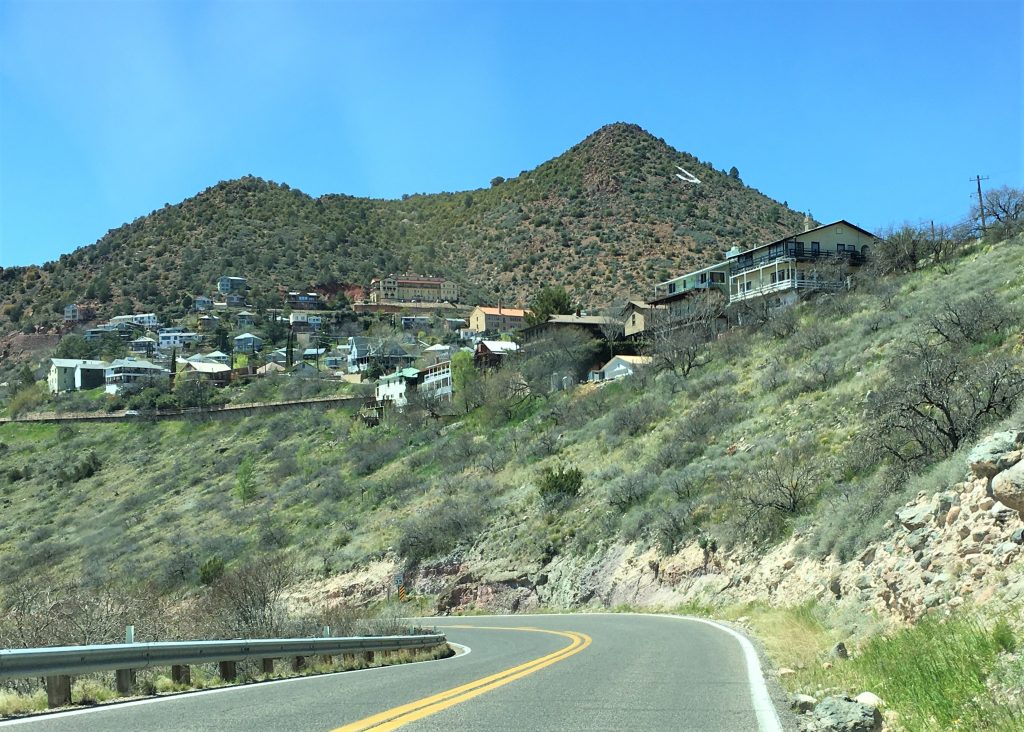
We saw several people out on the sidewalks of town and all of them were standing the required 6’ feet or more apart as they talked to one another.
We were only gone a couple of hours, but it was enough. It had to be since nothing up there was open – no restaurants, no shops, no museums . . . And yet, we still managed to see and do some pretty interesting things!
That’s all we did today, other than Blaine taking a walk by himself after dinner.

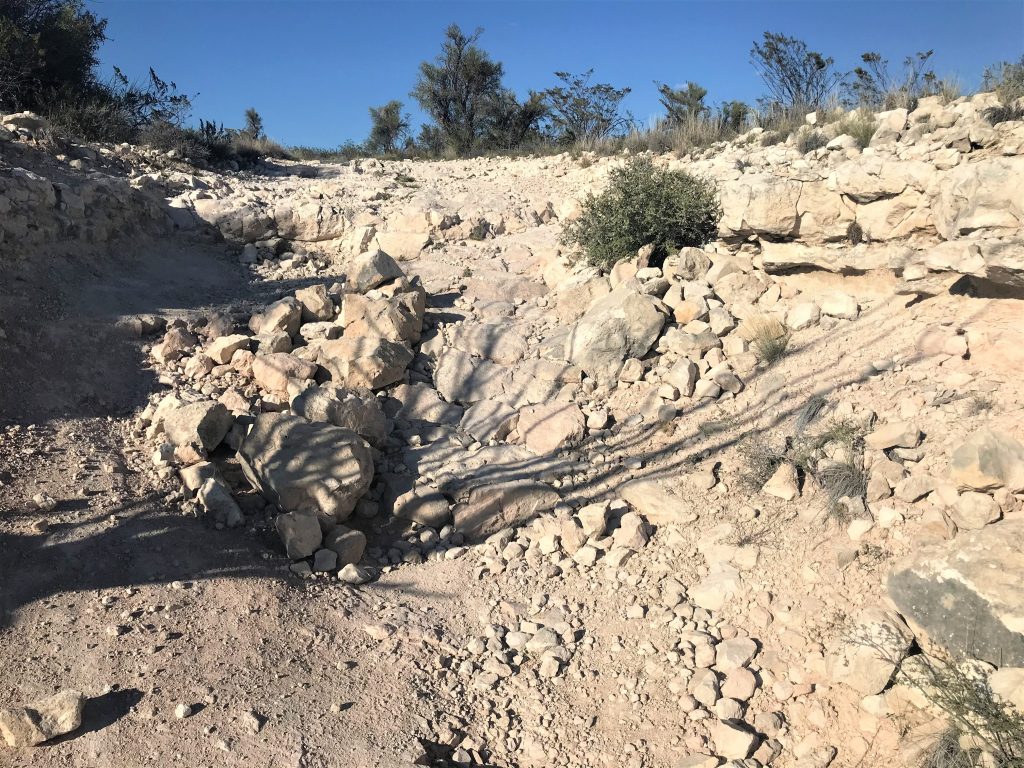
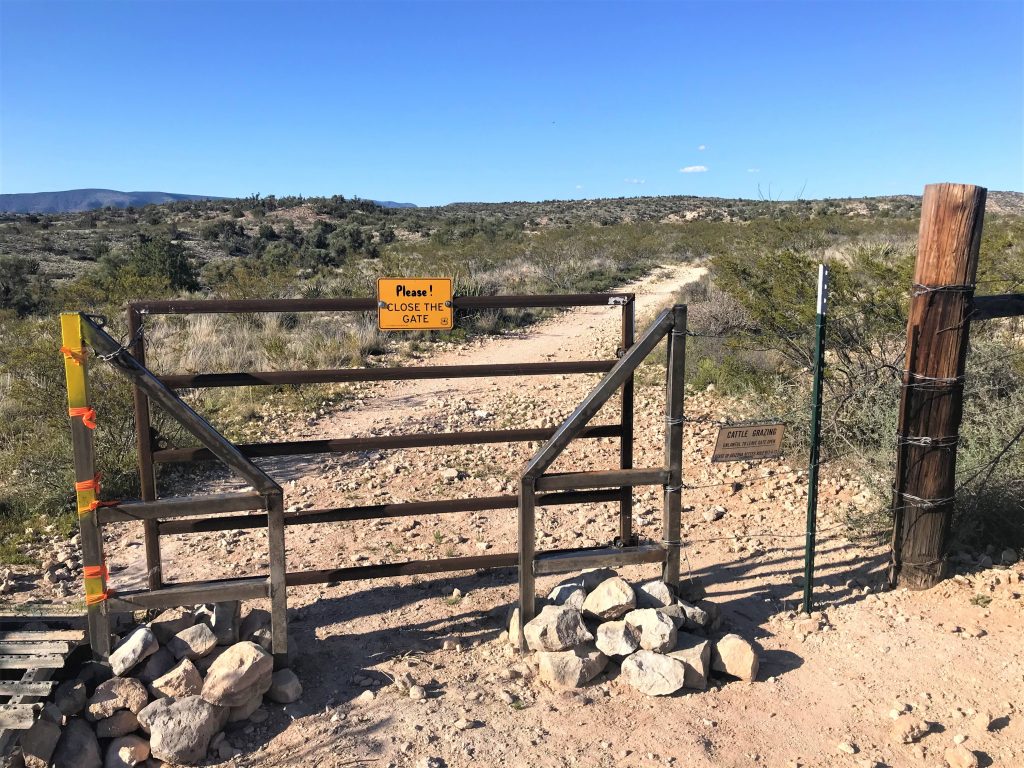
And again, later in the evening, to watch the Pink Moon rise – so named because of some flowers somewhere that bloom this time of year. He took some pretty good pictures! At least as well as you can with a cellphone. 😊
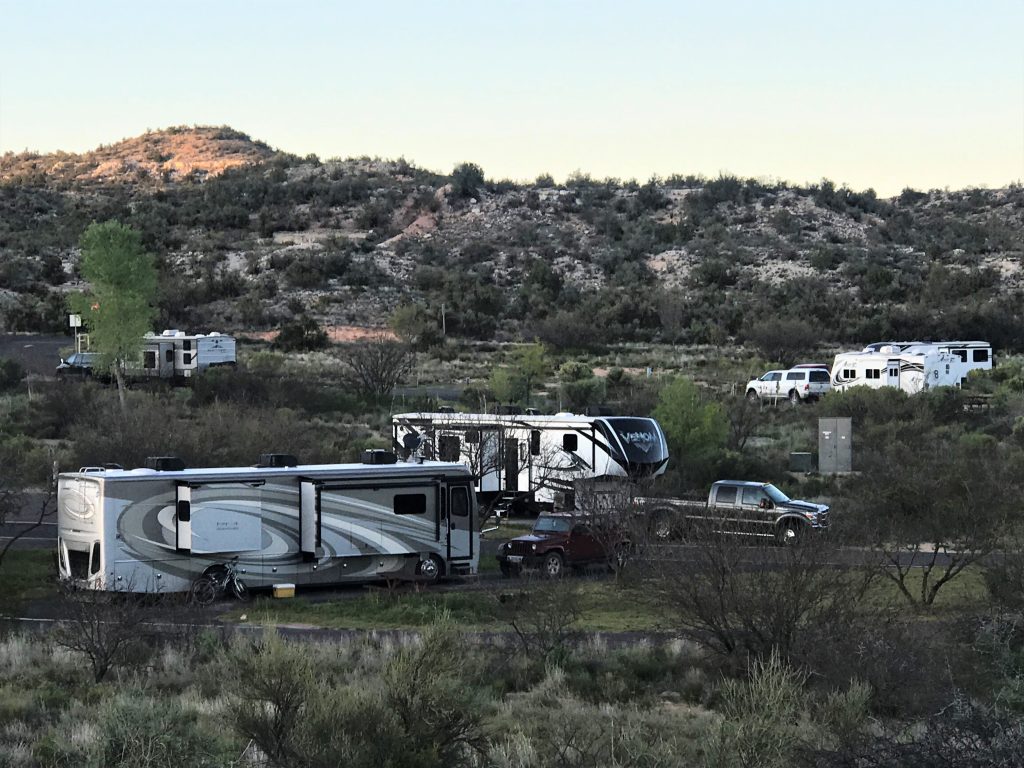
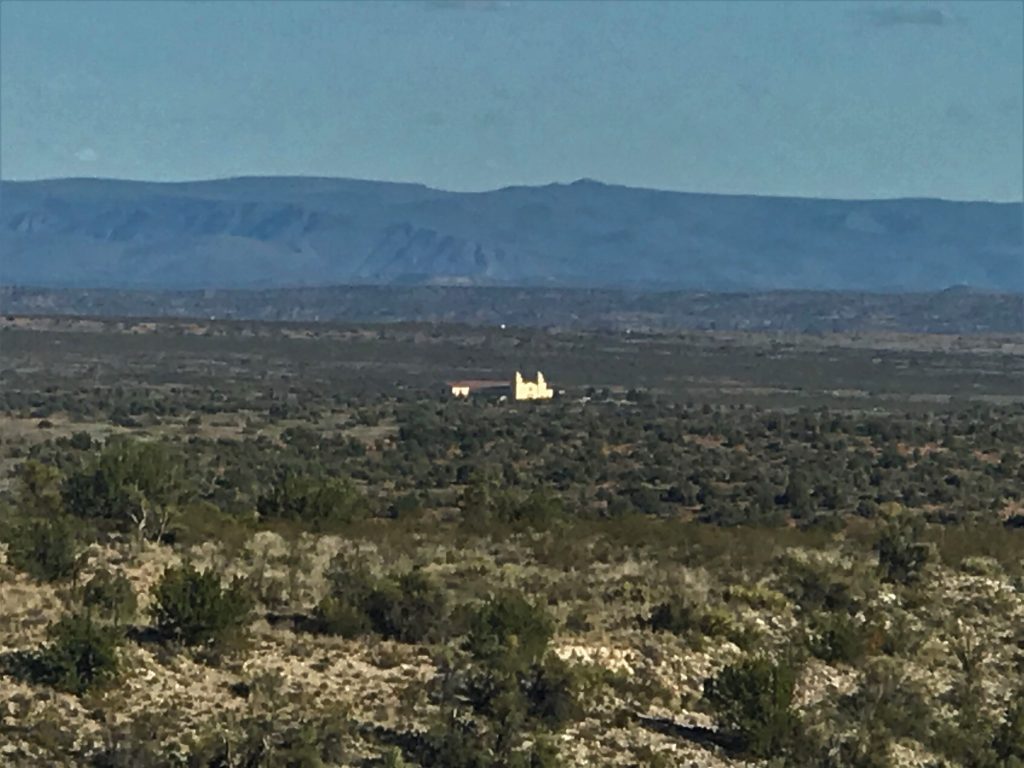
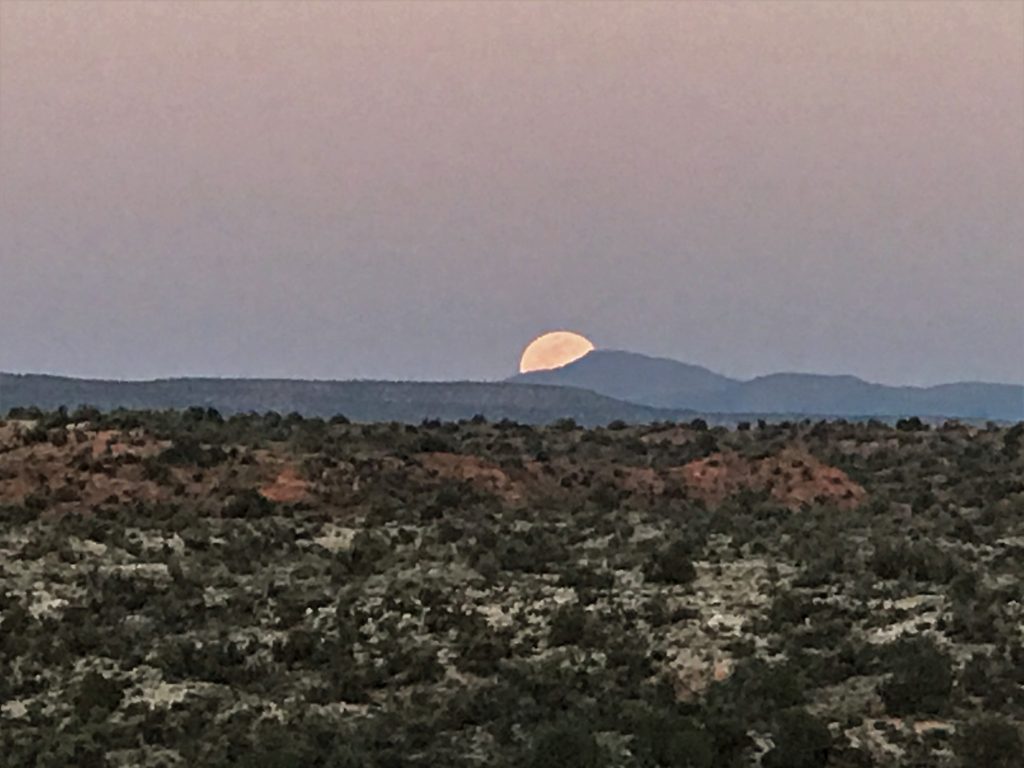

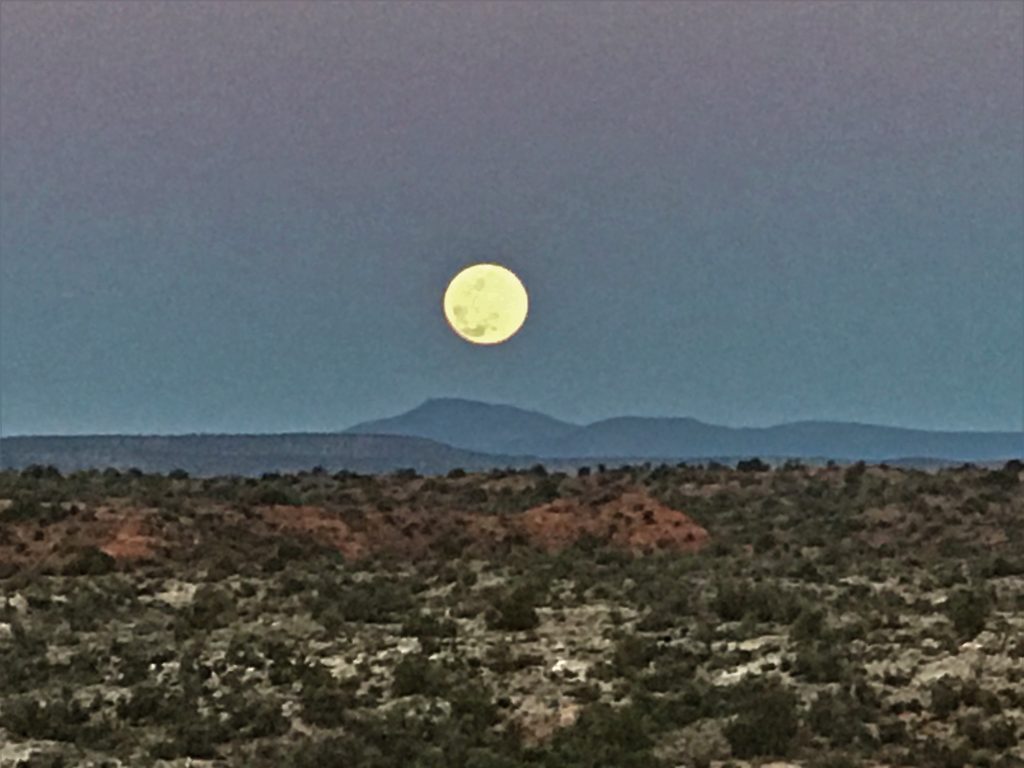
Hopefully you were able to witness it, because it really was stunning to see! Thank You, Father, for eyes to see Your magnificent creation!
